Updated March 14, 2021
Are you planning a visit to San Francisco? If so, the following 31 fabulous things to do in San Francisco might be a useful resource for planning your trip.
Table of Contents
- 31 Fabulous things to do in San Francisco
- 1. Soak up the bustle of Chinatown
- 2. Connect (or reconnect) with the Beat Generation
- 3. Climb up to Telegraph Hill and Coit Tower
- 4. Wander along the San Francisco Piers
- 5. Check out the residents of Pier 39
- 6. Play the musical stairs
- 7. Discover the secrets of sourdough
- 8. Hop aboard the Lil’ Water Taxi
- 9. Visit quirky Lombard Street
- 10. Take advantage of public transportation
- 11. Drop into the San Francisco Maritime National Historical Park Visitor Center
- 12. Ride Muni’s vintage streetcars
- 13. Wander around Haight-Ashbury
- 14. Admire the painted ladies
- 15. See where Tony Bennett left his heart
- 16. Stroll through the Tenderloin
- 17. Take a spin on the Leroy King Carousel
- 18. Bike through Golden Gate Park and beyond
- 19. Go to Baker Beach for views of the Golden Gate Bridge
- 20. Bike the Bridge
- 21. Join the hordes of tourists at Alcatraz
- 22. Ride a moving national landmark
- 23. Visit the Cable Car Powerhouse and Museum
- 24. Pay tribute to the heroic little fire hydrant
- 25. Admire the Mission District murals
- 26. Enjoy a Mission-style burrito in the Mission District
- 27. Wander around the Castro
- 28. Take in a movie or sing-a-long at The Castro Theatre
- 29. Listen to the music of the ocean at the Wave Organ
- 30. Wander around the Palace of Fine Arts
- 31. Line up for an egg tart at the Golden Gate Bakery
- Logistics
31 Fabulous things to do in San Francisco
1. Soak up the bustle of Chinatown
It’s the oldest Chinatown in North America. It’s also the largest community of Chinese immigrants outside of Asia. The best way to explore the 24 or so blocks is to simply wander around.
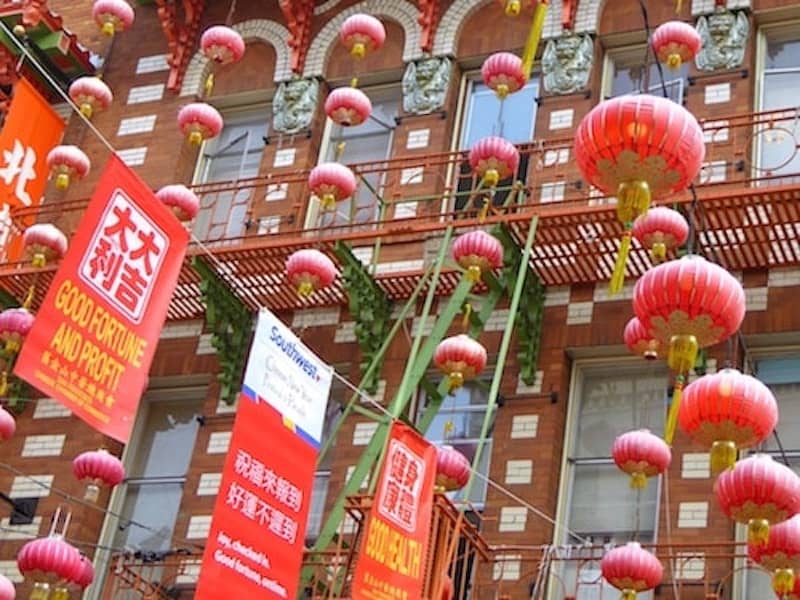
One approach is to enter Chinatown by walking down Jackson Street. Anywhere above Stockton Street reveals superb views of the San Francisco-Oakland Bay Bridge.
Between Jackson and Washington Streets is Ross Alley, home to the famous Golden Gate Fortune Cookie Factory. It’s one of the various walking tour stops for a reason.
San Francisco has laid claim to the origins of this ubiquitous symbol of Chinese restaurants. Legend has it that Japanese immigrant Makoto Hagiwara invented the fortune cookie in San Francisco in the 1890s. If that claim is in doubt, San Francisco would want it known that the machine that folds them was invented across the bay in Oakland.
The aroma of freshly baked cookies lures passerby inside the small factory where visitors are offered a circular-shaped flat “fortuneless” sample.
Watching the process is encouraged. After each thin circular cookie is pulled off a hot press, a paper fortune is placed on one side. Then, each soft, hot cookie is quickly shaped over a steel rod before it cools and hardens.
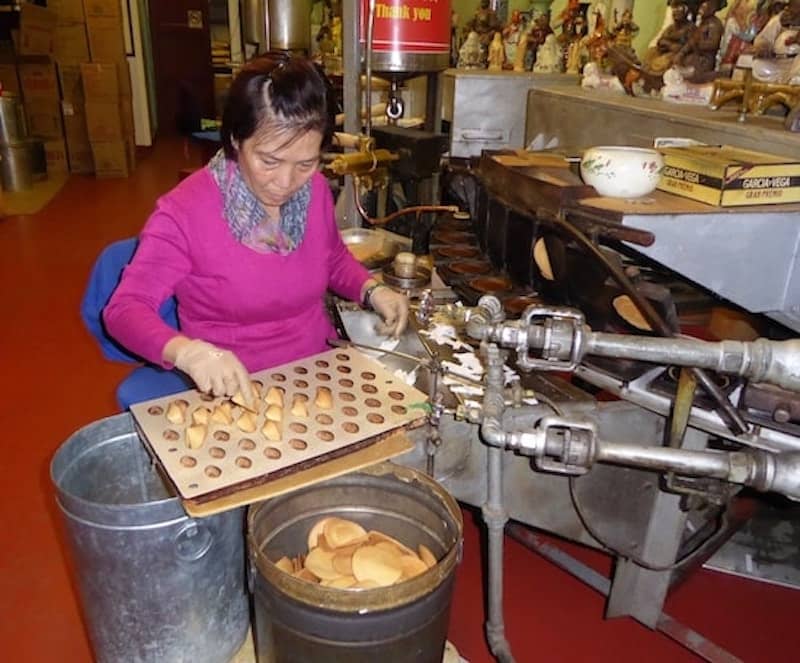
2. Connect (or reconnect) with the Beat Generation
In my case, ‘reconnect’ is more appropriate. For anyone growing up in the 60s, a visit to San Francisco is a connection with the past. Many of my generation read the ‘spontaneous prose’ of Jack Kerouac, with the life-changing On the Road being the subject of many discussions. In fact, Modern Library has included the classic on its list of the 100 best English-language novels of the twentieth century.
On the edge of Chinatown, a small alley in North Beach honours this pioneer of the Beat Generation. Two of Kerouac’s favourite haunts, Ferlinghetti’s City Lights Bookstore and the Vesuvio Café, are nearby. Both played a role in the development of Beat literature.
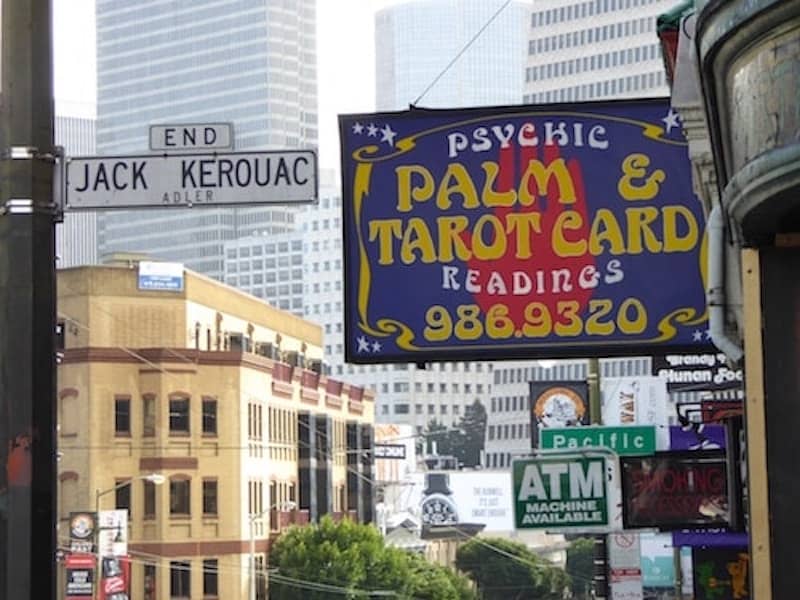
The adjacent neighbourhood of North Beach is home to a host of Italian bakeries, cafés, and vibrant street art.
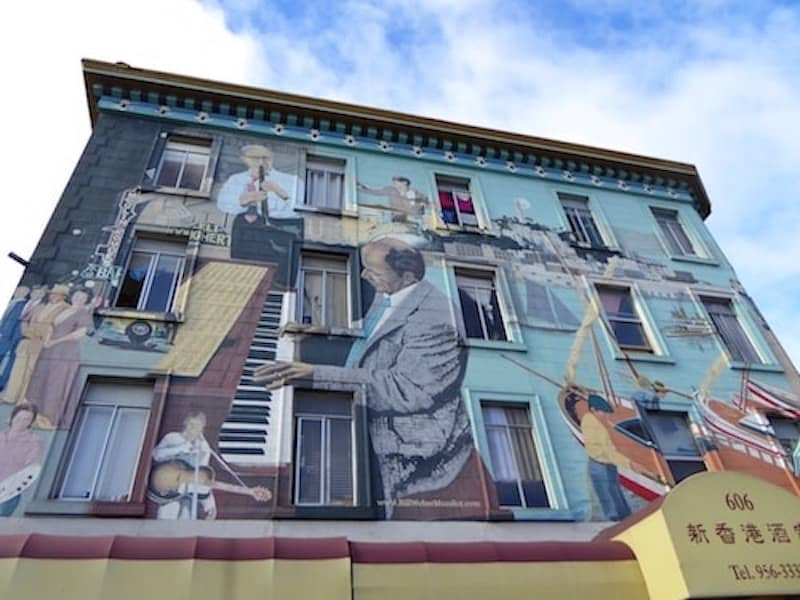
3. Climb up to Telegraph Hill and Coit Tower
Built in 1933, Coit Tower rises 210 feet (64 metres) from the crest of Telegraph Hill. Getting there on foot involves climbing, either steep streets from North Beach, or the Filbert Steps through lovely gardens. My suggestion? Do as we did — streets up, steps down. Another option is to take the #39 Coit bus from Pier 39. Access to the first floor of Coit Tower is free, with its beautiful display of murals painted in the 1930s. The murals were the result of a work project for artists just after the Great Depression.

Take the elevator to the viewing deck for phenomenal 360-degree views of the city.
4. Wander along the San Francisco Piers
Along the waterfront beside The Embarcadero are San Francisco’s famous piers. The numbering starts at the Ferry Building at the end of Market Street. The odd-numbered piers are to the left, and the even-numbered piers to the right. The odd-numbered piers between the Ferry Building and Fisherman’s Wharf border a busy tourist area.
The area is packed with amusements, bike rental kiosks, ferry services, museums, and seafood restaurants. Cable cars on the Powell-Hyde and Powel-Mason Lines terminate at Fisherman’s Wharf.
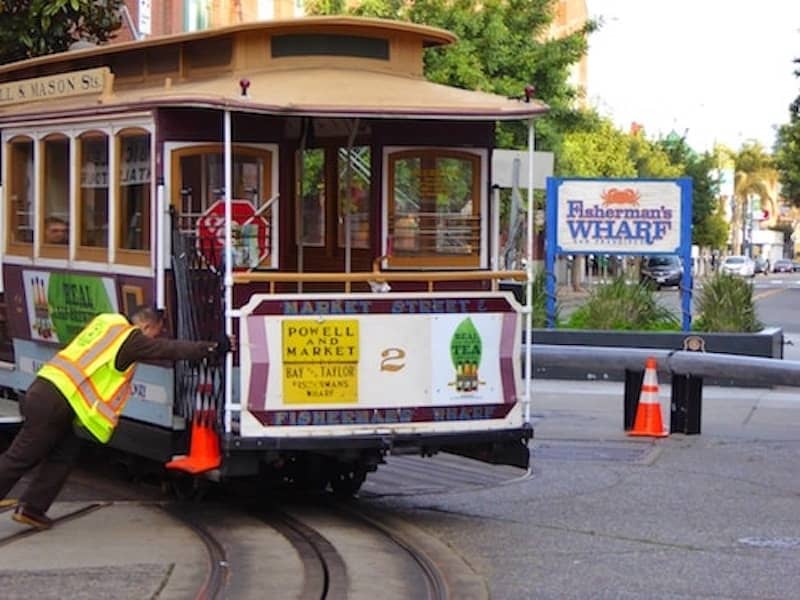
There are plenty of photo opportunities along the waterfront. Catch the view of the San Francisco-Oakland Bay Bridge from the back of the Ferry Building, and Alcatraz Island from Fisherman’s Wharf.
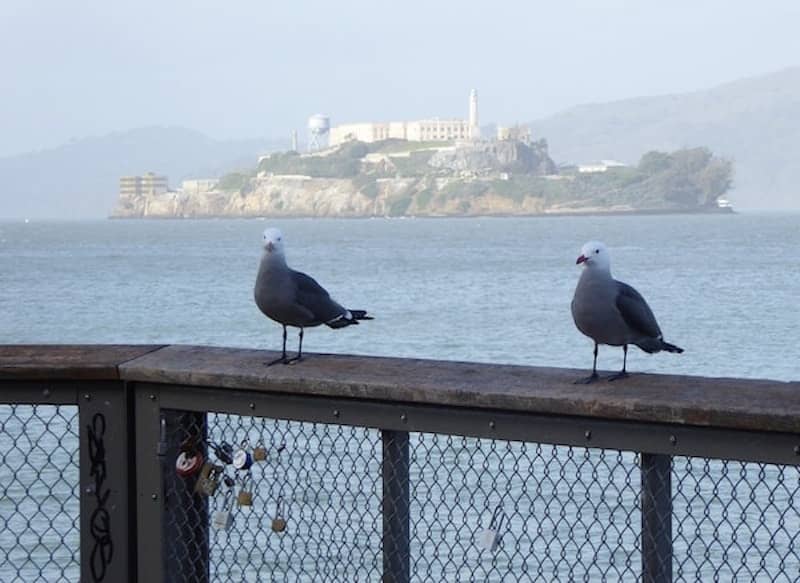
It’s touristy, so food can be expensive. The classic New England clam chowder in a sourdough bread bowl seemed to be a signature dish along the piers. My take? It’s worth the experience. The Fog Harbor Fish House version accompanied by a Caesar Salad topped with Dungeness crab was delicious.
5. Check out the residents of Pier 39
Sea lions first appeared at Pier 39 after the Loma Prieta earthquake in 1989. Initially, there were fewer than 50. With a plentiful herring supply in a predator-free environment, the population grew to over 300 within a few months. The record-breaking number of 1,701 was recorded in November 2009.
Each winter, the population can increase substantially. During the summer months, they migrate south for the breeding season, but in recent years a small group has stayed year-round. Numbers typically increase after the first week of August.
They can be boisterous and noisy. Most of the time, they’re lethargic, resting in close bodily contact with other sea lions. Sea lions are binge feeders, eating all they can when food is plentiful. Afterwards, they haul themselves out of the water and rest for long periods of time — sleeping for as much as 8 to 12 hours.
Tourists flock to Pier 39 to see them.
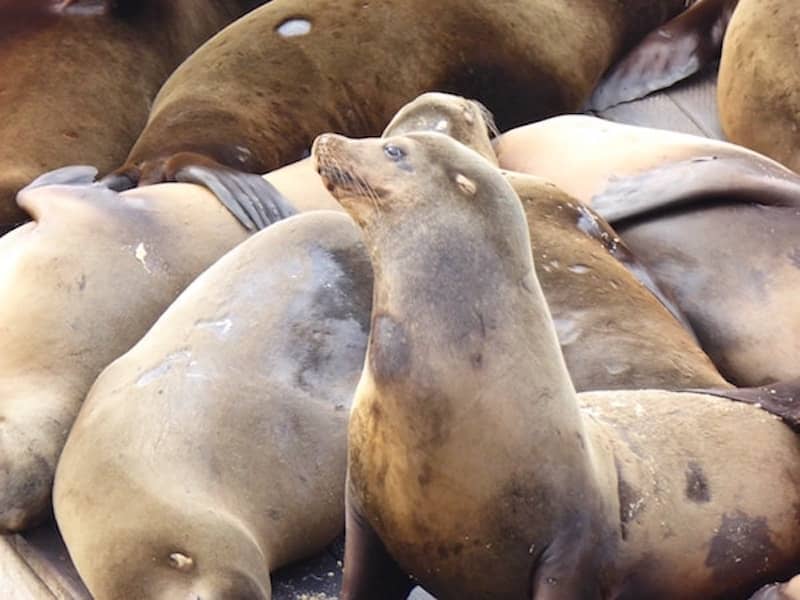
6. Play the musical stairs
The musical stairs at Pier 39 were created by Remo Saraceni. This is the same artist who worked on the keyboard played by Tom Hanks in the movie Big. If you can’t manage a tune, hop, step, and jump your way up and down the three-octave range of the staircase to play scales.
7. Discover the secrets of sourdough
Learn about the story of sourdough through a free self-guided tour of the Boudin Bakery Museum at Fisherman’s Wharf. San Francisco’s oldest continuously operating business, Boudin’s has been producing sourdough since 1849 using the same mother dough cultivated from a gold miner’s sourdough starter. Watch the bakers at work crafting batches of bread by hand from a forty-foot long catwalk above the showcase kitchen. In the Bakers Hall, grab one of the sourdough specialties from the extensive menu.
8. Hop aboard the Lil’ Water Taxi
The waterfront along The Embarcadero is an interesting area to explore. Doing so from the water offers an entirely different perspective.
The bright yellow Lil’ Water Taxi with checkered trim operates from Monday to Sunday from 10:30 am to 6:00 pm. It leaves from Pier 1.5 near the Ferry Building every hour on the hour, and the Hyde Street Pier every hour on the half-hour. If you’re fortunate, you’ll be greeted by one of the resident harbour seals beside the Hyde Street Pier.
The taxi cruises past historic vessels, and offers stunning views of Alcatraz Island, both bridges and the Coit Tower on Telegraph Hill. The captain provided interesting commentary along the way. The hop-on-hop-off service has a one-time all-day fare of $10 for adults and $5 for children.
9. Visit quirky Lombard Street
The eight sharp turns of one-way Lombard Street in Russian Hill are said to make it the most crooked street in the world. However, this is open to debate. There’s even a question as to whether or not it’s the “crookedest” street in San Francisco. Still, the steep street with sharp curves that switchback down past beautiful Victorian mansions is a tourist magnet. The design, dating back to 1922, was intended to reduce the hill’s natural 27% grade.

The Powell-Hyde cable car stops at the top of the block on Hyde Street. Take that and walk down. We walked up from the waterfront, and wondered at times if seeing the crooked street was worth the effort. Don’t make the same mistake; your glutes will thank you.
10. Take advantage of public transportation
We picked up a Muni passport before walking up to Lombard Street. Like I said, a cable car would have been easier. While a combination of walking, cycling, and riding public transportation allows a person to cover a significant part of the city, it pays to be strategic.
What’s a Muni passport? A Muni Visitor Passport provides unlimited-ride access to cable cars (they’re expensive at $8 per ride), Muni buses, Muni Metro, and historic streetcars. They don’t cover the BART system (Bay Area Rapid Transit), including the trip to and from the airport.
The passport is available as a mobile or paper version. The current prices (2021) for the one-day pass is $13 (mobile) and $24 (paper), the three-day pass is $31 and $36, and the 7-day pass costs $41 and $47.
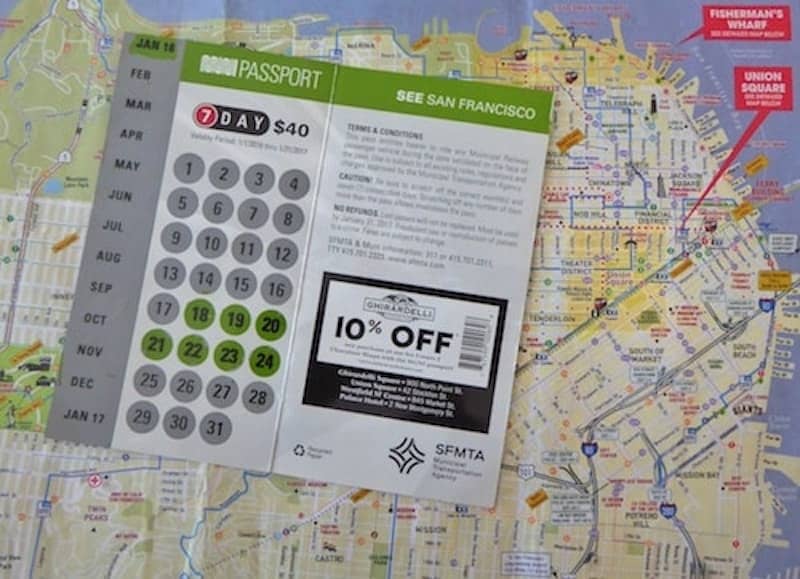
Tourists seemed to be in the majority on the cable cars. The locals I met on the other systems were helpful and friendly. People asked where I was from and if this was my first visit to San Francisco. While waiting at stops, I had many interesting conversations. This is Debbie, who explained that she loves dancing and likes to have fun.
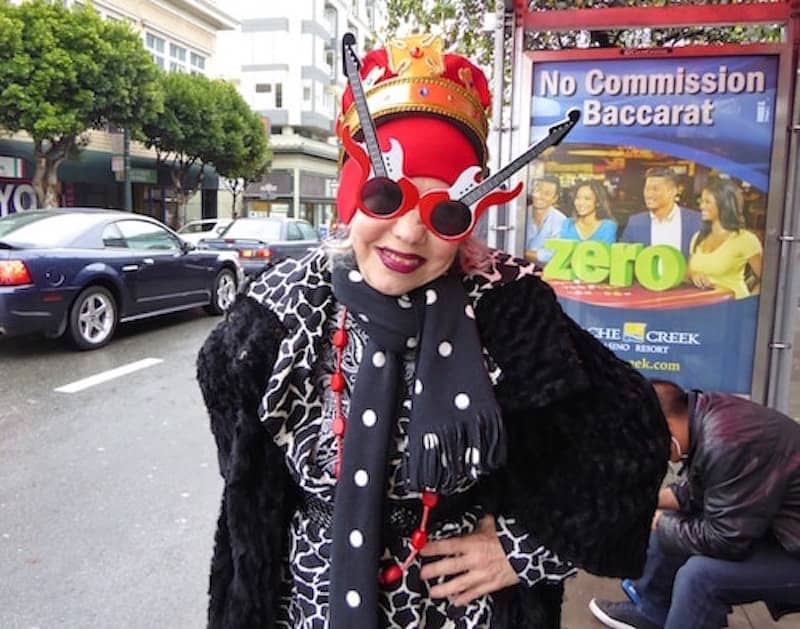
11. Drop into the San Francisco Maritime National Historical Park Visitor Center
“Visitor Center” obscures the value of this wonderful little museum. It’s housed in a brick cannery warehouse built in 1908, at 499 Jefferson Street at the corner of Hyde near Pier 47. Exhibits describe the history of the city, with a focus on its maritime culture. It’s well curated, very interesting, and free.
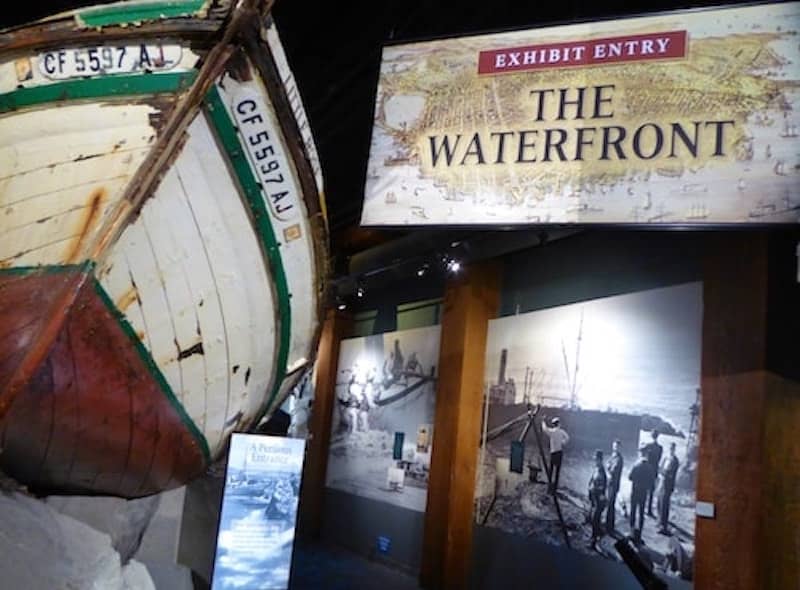
Are you in town over a weekend? If so, consider joining the free Historic Waterfront Walking Tour led by a park ranger.
12. Ride Muni’s vintage streetcars
The transit system includes restored vintage streetcars imported from around the world. Like the cable cars, the streetcars run on steel rails. A key difference is the trolley pole on the roof that connects to a single overhead electric wire for power.
This streetcar was built in 1948, and served Philadelphia until 1989.
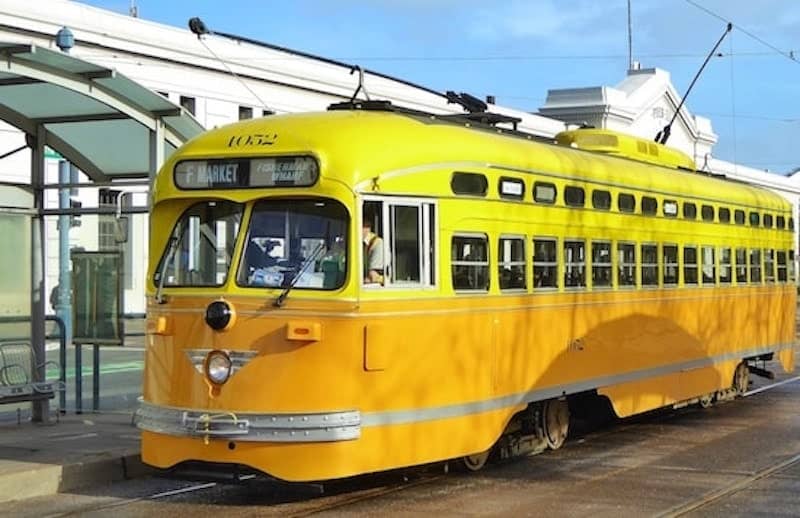
The festival celebrating historic streetcars in 1983 was so popular, it was repeated every summer for five years. It provided the impetus for the permanent F-line stretching from Fisherman’s Wharf out to the Castro.
13. Wander around Haight-Ashbury
Presumably, any visitor who grew up in the 60s, or listens to the music of that era, heads to Haight-Ashbury. It was certainly on my list.
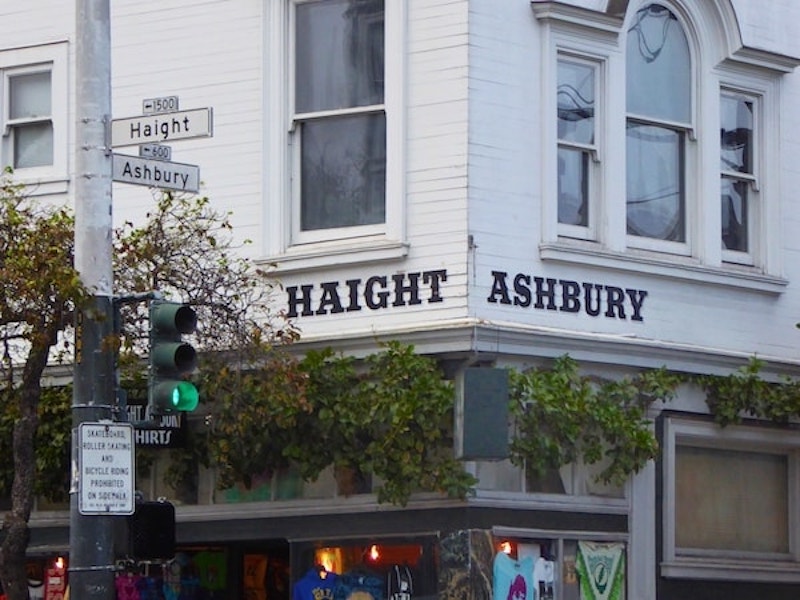
In the late 1950s, the bohemians of the Beat Generation hung out in San Francisco’s North Beach neighbourhood. The hippie generation that followed couldn’t find accommodation there, so they turned to the quaint, relatively cheap, and underpopulated Haight-Ashbury.
Haight-Ashbury was one of the few areas that escaped massive damage during the 1906 earthquake. As a result, it’s filled with beautiful ‘painted ladies,’ gorgeous Victorian and Edwardian mansions painted in colours that enhance their architectural details.
During the post-war years, many of these homes were painted a dull battleship grey with war-surplus navy paint. In 1963, San Francisco artist Butch Kardum combined intense blues and greens on the outside of his Victorian house. Others followed suit, adding bright colours to their own houses. Kardum became a colour designer, and he and other artists/colourists transformed dozens of grey houses into painted ladies. By the 1970s, the colourist movement had changed entire streets and neighbourhoods. The process continues to this day.
The neighbourhood’s fame reached its peak as it became the haven of a number of top rock performers and groups of the time. Jefferson Airplane, the Grateful Dead, Donovan, Jimi Hendrix, Janis Joplin, and others all lived a short distance from the intersection of Haight and Ashbury.
For Jimi Hendrix fans, his former residence at 1524 Haight sports colourful murals on both sides of the building.
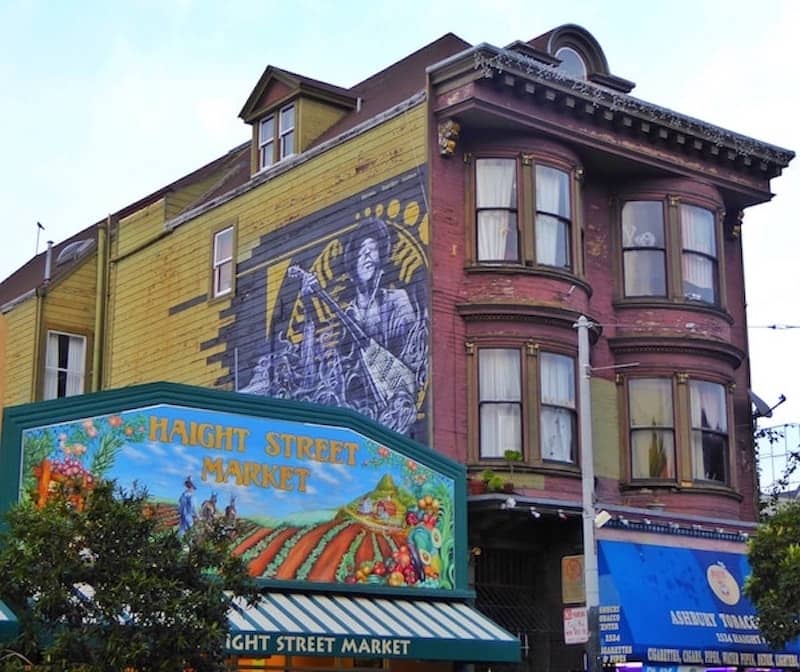
I was a huge Janis Joplin fan. Checking out her former digs at 635 Ashbury was incorporated in a stroll around the neighbourhood.
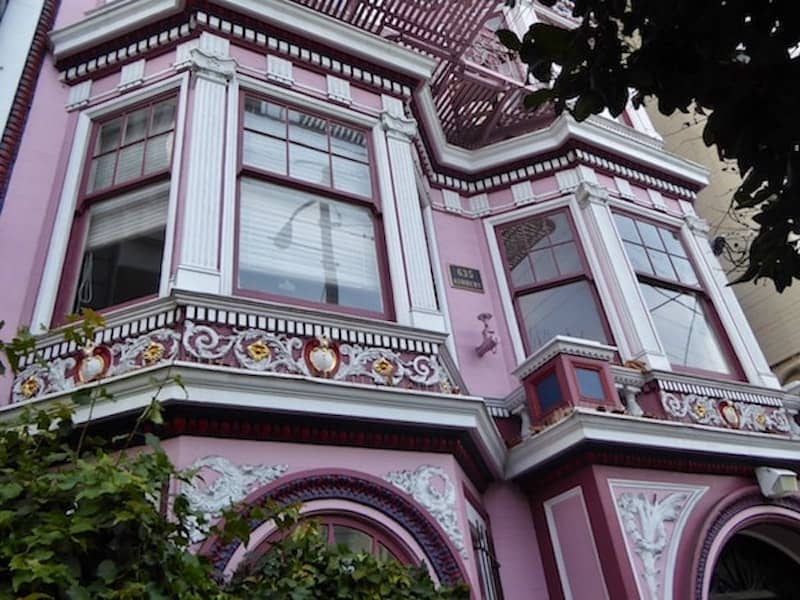
The commercial area extends for five to six blocks along Haight. The psychedelic art of the hippie generation lives on in the colourful facades of funky cafés, grocery stores, bars, record shops, bookstores, and other retail outlets. Murals adorn many commercial buildings.
The famous Haight-Ashbury legs protrude from an upper window of the Piedmont Boutique at 1452 Haight.
14. Admire the painted ladies
San Francisco’s most famous painted ladies border Alamo Park, not far from Haight-Ashbury. The row of Victorian houses at 710–720 Steiner Street is also known as ‘Postcard Row.’ The houses were built between 1892 and 1896 and have appeared in an estimated 70 movies, TV programs, and advertisements. They’re perhaps best known for being featured in the sitcom, Full House.
15. See where Tony Bennett left his heart
There’s a giant heart in the city’s core in Union Square, at the corner of Powell and Post. It’s adorned with a Golden Gate image painted by the singer/artist Tony Bennett. Bennett unveiled his 5-foot heart-shaped sculpture America’s Greatest City By the Bay in 2004. This was followed by a rendition of his famous 1962 song, ‘I Left My Heart in San Francisco’ before an adoring crowd. It helped launch the Hearts in San Francisco project, an annual event that raises money for the San Francisco General Hospital Foundation.
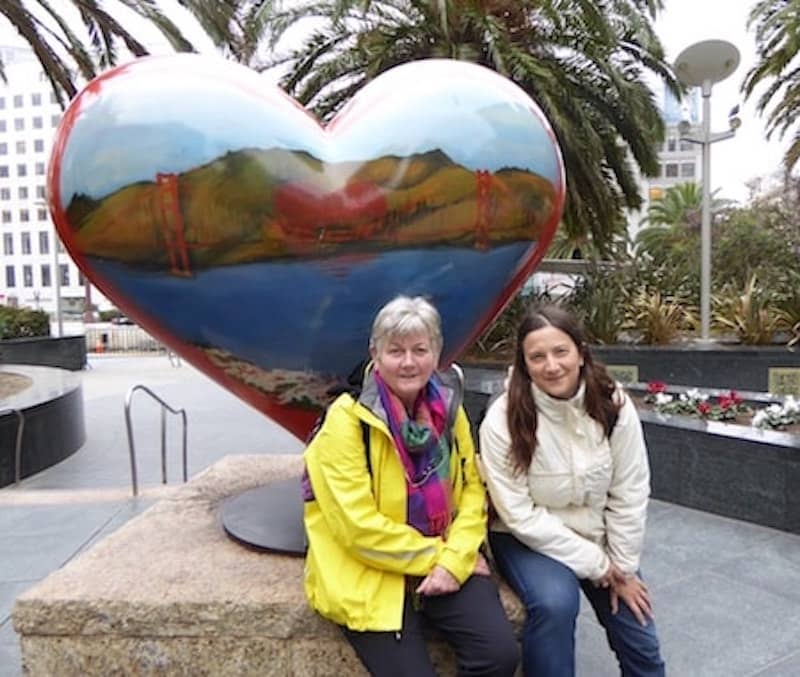
Union Square is a hub of activity throughout the year. It’s surrounded by theatres, galleries, restaurants and bars, and retail outlets such as Macy’s and Saks Fifth Avenue.
16. Stroll through the Tenderloin
At first blush, the drug culture, squalor, and an alarming number of unsheltered homeless people make the Tenderloin a place to avoid. Many parts of the neighbourhood resemble a refugee camp for drug users, and the homeless and mentally ill. Poverty, hopelessness, and desperation are present on every block.
However, there’s richness to the Tenderloin that’s often overlooked. Take a self-guided stroll to uncover the gems of this much-maligned precinct. Look for the host of service organizations dedicated to helping the less fortunate seek new beginnings. Soak up the energy of youth interacting in the colourful Boeddeker Park playground.
Visit the Tenderloin Museum to discover the vibrant history of this once prosperous neighbourhood. Take a walking tour to learn about the people who’ve helped shape the Tenderloin, and those who live and work there today.
Visit The Tenderloin National Forest, a peaceful sanctuary in the once trash-filled drug-ridden alley, Cohen Place. Its transformation has brought a splash of nature and art to a community in need of a peaceful place to relax.
17. Take a spin on the Leroy King Carousel
The Children’s Creativity Museum operates the historic Leroy King Carousel. Charles Looff, a master carousel carver and amusement park entrepreneur, built the carousel between 1904 and 1906. Some of the hand-carved animals are believed to pre-date this period. Housed inside a protective glass tent, Looff’s carousel features ornate horses, dragons, lions, camels, giraffes and carriages. Some animals bob up and down; others don’t. Open daily from 10:00 am to 5:00 pm, it’s located near the Moscone Convention Center at 4th and Howard. Two rides cost $5.
The museum and carousel are just two of many family-friendly activities for enjoying San Francisco with kids.
18. Bike through Golden Gate Park and beyond
Avoid the hills, and surprisingly enough, San Francisco is a bike-friendly city.
At the end of Haight Street lies Golden Gate Park. Avenue Cyclery at 756 Stanyan Street set us up and we ventured into Golden Gate Park.
After the park, we cycled through a quiet residential neighbourhood up to Lands End. This northwest corner of San Francisco is a rugged stretch with cliffs plunging 200 feet to the sea below. It offers fantastic views up and down the Golden Gate. If the weather cooperates, it’s possible to enjoy views of the Golden Gate Bridge framed by windswept cypresses and eucalyptus trees.
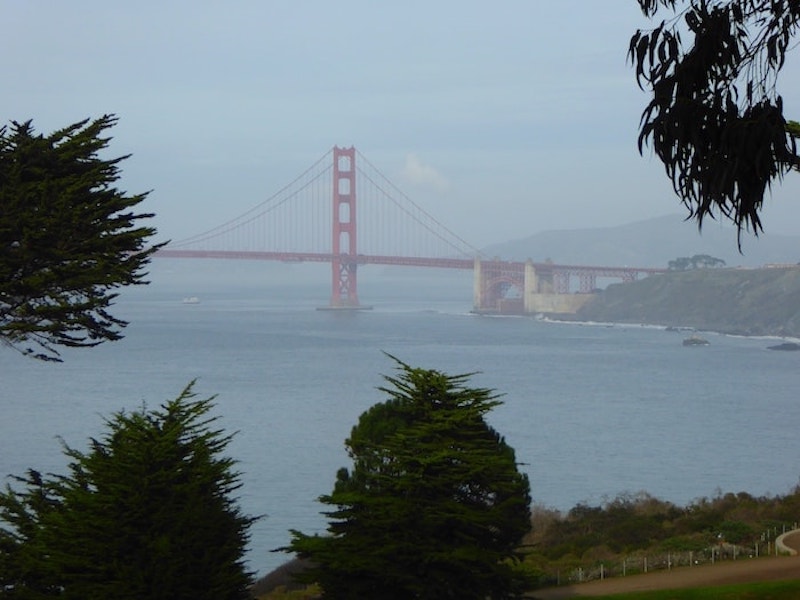
The bike trail took us to the coastal trail via the Legion of Honor and the Lincoln Park Municipal Golf Course.
Once the largest indoor swimming complex in the world, the Sutro Baths at the end of the Land’s End cliffs is now an eerie ruin.
The glass-roofed structure contained seven saltwater swimming pools, fed by the powerful tides at the entrance to San Francisco Bay. The baths are now a rough collection of pools of salt water, crumbling walls and rusting pieces of iron.
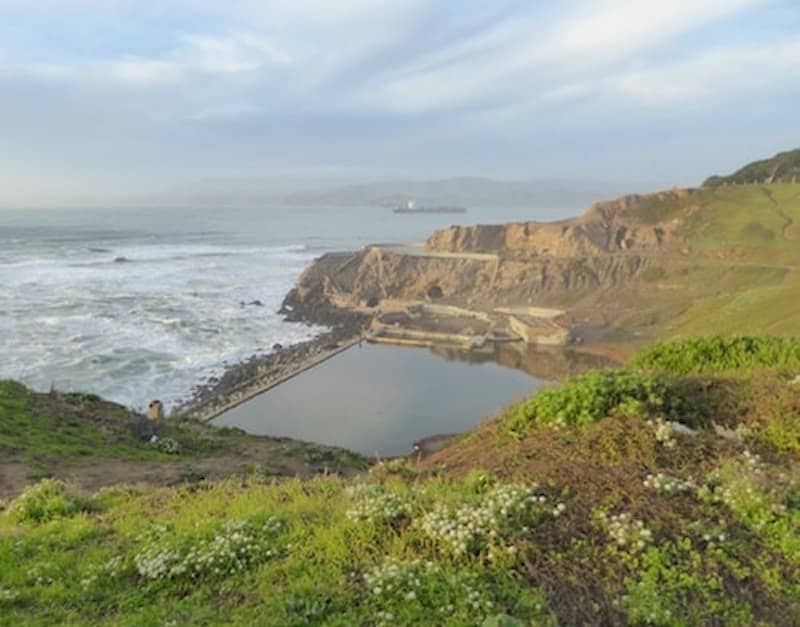
We didn’t have time, but on a future trip I’d like to hike some of the trails in and around the ruins. There’s one that leads to an impressive view of the Golden Gate Bridge. If it’s not too crowded, enjoying a drink at the Cliff House Restaurant might be an option. It boasts panoramic views of Seal Rocks and the Marin Headlands.
The ride down to Ocean Beach revealed stunning views of the Pacific Ocean. The return trip through Golden Gate Park was on a slight incline up to Haight Street.
19. Go to Baker Beach for views of the Golden Gate Bridge
People don’t go to Baker Beach to swim; signs warn visitors of the dangerous rip currents of the Golden Gate. Most go to walk, fish, or enjoy the sweeping views of the Golden Gate Bridge, Lands End, and the Marin Headlands.
20. Bike the Bridge
The problem with booking online tickets for Alcatraz is that it’s impossible to take the weather into consideration. So here I was, with a ticket to Alcatraz for a day with the best weather forecast of my January visit. It would have been a perfect day to bike the Golden Gate Bridge. The following day, with rain in the forecast, would have been better for Alcatraz. No worries, I was able to change my booking at the pier. Travelling in the off-season has its advantages.
The piers host a plethora of bike-the-bridge rental shops. An advantage of staying in hostels is that there’s often access to discounts. Normally priced at $36 for the day, Blazing Saddles offered a hostel rate. If you don’t stay in a hostel, I noticed a $5 coupon in the San Francisco Visitor Map. There’s also a special rate (20% off) for online bookings.
The paths before, on and after the bridge are cyclist friendly. This results in hundreds of people at any one time enjoying this magnificent San Francisco landmark from the saddle of a bicycle. With the exception of a .7-mile climb to access the bridge, the route starting in San Francisco is fairly flat.
Marin County starts on the other side of the bridge. A one-mile descent leads to the quaint historic town of Sausalito.
A ferry ride across the bay from Sausalito to San Francisco costs $13, or $6.50 for seniors and children. On a sunny day, it was one of the many highlights of biking the bridge. The ferry offers decent views of the Golden Gate Bridge, Alcatraz Island, and the San Francisco skyline.
The ferry berthed at Pier 41. For a description of the experience, see A detailed guide to biking the Golden Gate Bridge.
21. Join the hordes of tourists at Alcatraz
It was a great call, visiting Alcatraz on a rainy day.
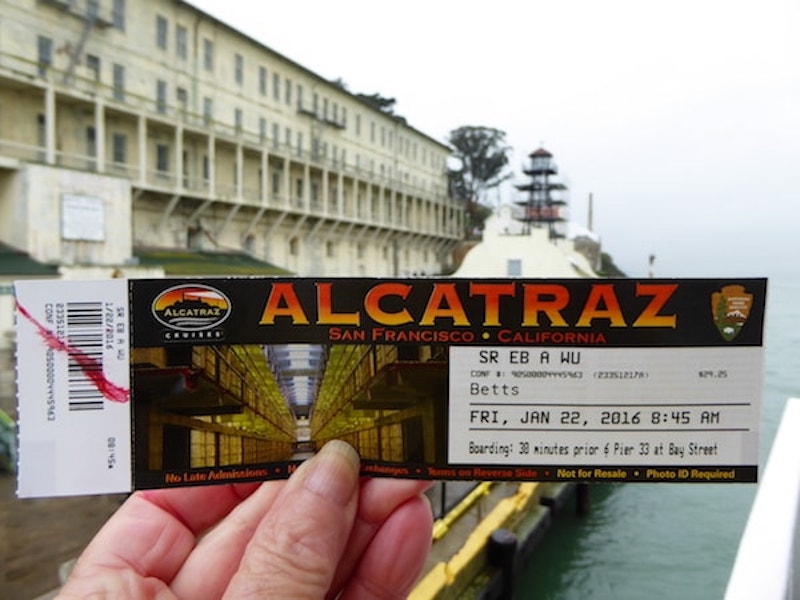
Prison tourism flourishes in San Francisco. Despite the crowds, it’s still a worthwhile experience. It’s well organized, and the very interesting audio tour moves people along in an orderly manner. It’s possible to proceed at your own pace to explore the buildings and grounds.
Pick up the pamphlet, The Gardens of Alcatraz. It will help you find the various gardens, and aid in the identification of some of the plants. If you’re lucky, you might have an opportunity to chat with one of the many volunteers who lovingly tend the rich landscape of flowering terraces.
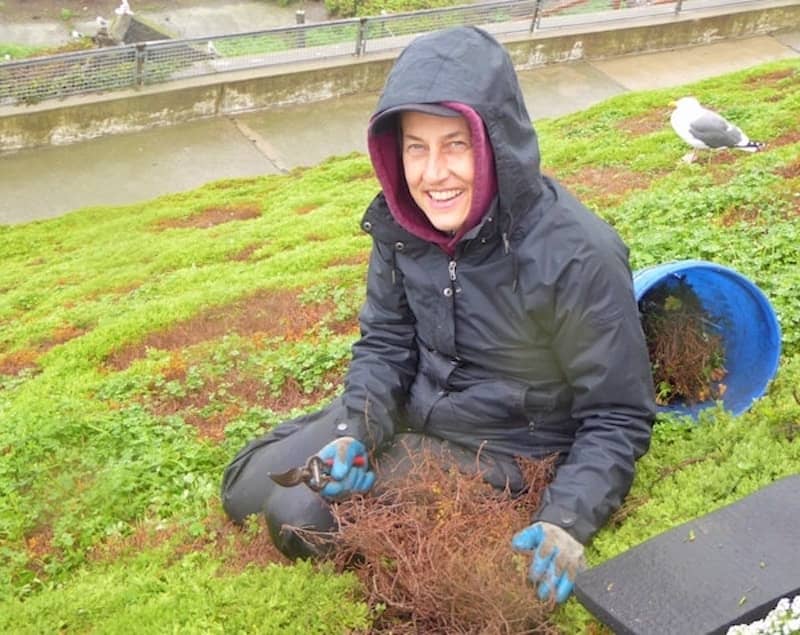
For more than a century, families, staff, and inmates created gardens to soften the harshness of their physical and social environment. After the prison closed in 1963, the manicured landscape became a wild and overgrown mess. In 2003, efforts began in earnest to restore the gardens to their former glory. Thankfully, the California Horticultural Society had been consulted in the 1930s regarding plants that would thrive on the island. After 40 years of neglect, many of the species that had been imported from countries with similar climates had survived.
Discovering the Gardens of Alcatraz was an unexpected treat, and brightened an otherwise dreary January day.
The ferry to Alcatraz Island leaves from Pier 33. I chose the first boat/tour of the day, thinking that the lines wouldn’t be as long. I believe this is the case. If you’re travelling during peak times, my suggestion is to book online as soon as you have the dates of your visit. Also, the weather is unpredictable in San Francisco so pack accordingly. You’ll be at the mercy of the elements on the boat, and between buildings at the former prison.
As an aside, if you’re planning a visit to Philadelphia, don’t miss Eastern State Penitentiary. While I enjoyed Alcatraz, Eastern State is a qualitatively different experience. See Inside Eastern State Penitentiary: the “magnificent ruin” of Philadelphia for more information.
22. Ride a moving national landmark
Like many of the 9 million tourists who ride the cable cars each year, I was enamoured with them. I’d be out and about early, just to ride the cable cars and admire the cable car operators at work. That’s when the Muni unlimited-ride pass paid for itself many times over.
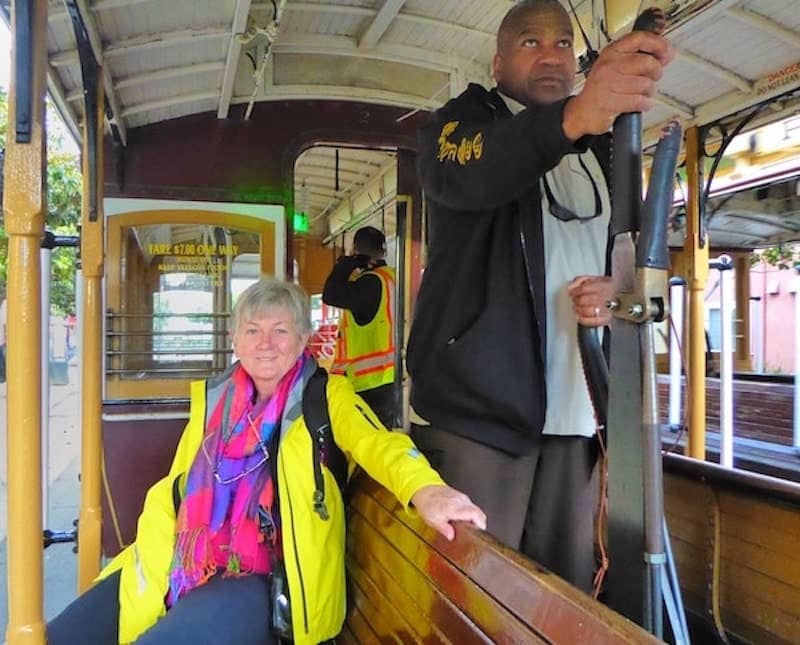
Many people lined up at the turnarounds for as much as an hour, just to catch a ride. However, there are workarounds to the lineups by catching a cable car at one of the 62 stops. Also, of the three cable car routes, the Powell-Hyde Line was very busy while most of the time, the California Street Line had hardly any riders. The Powell-Mason Line fit somewhere in between.
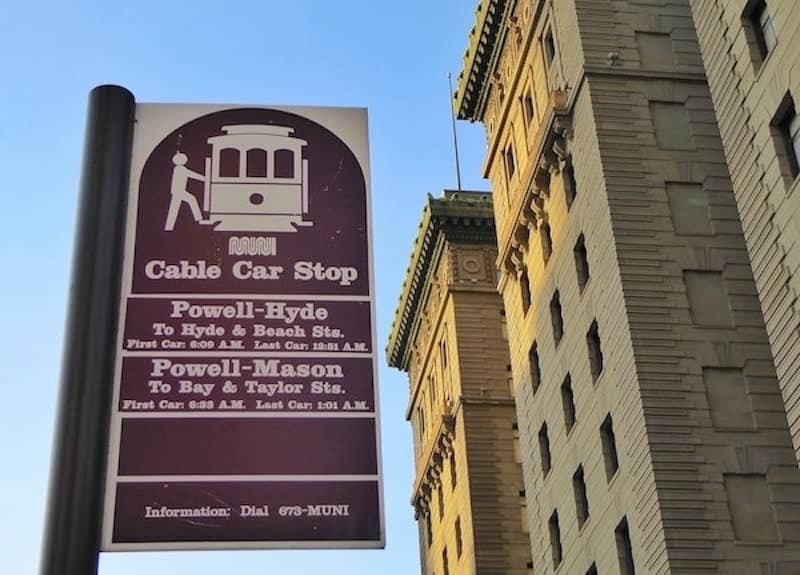
Single-ended cars operate on the Powell-Hyde and Powell-Mason Lines. This means there’s a possibility of standing on the open platform at the back of the car and enjoying unobstructed views during the journey. The views can be spectacular.
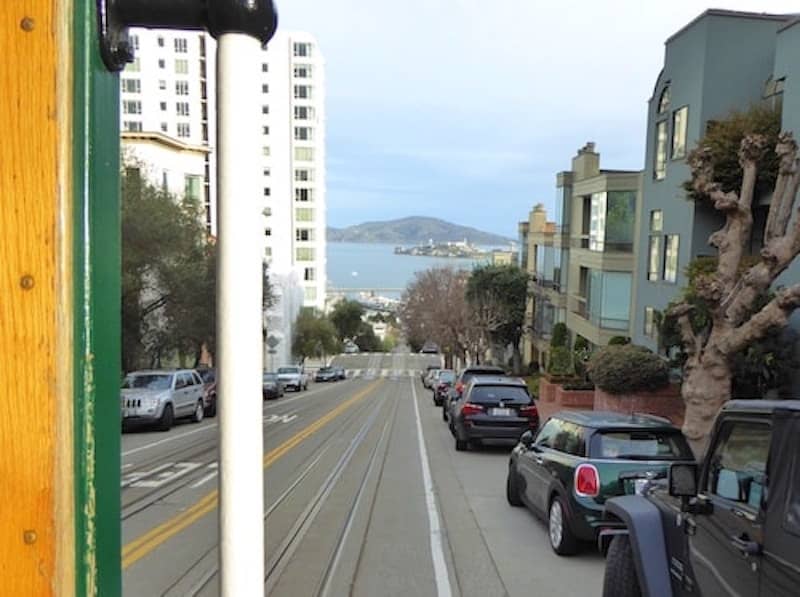
The time of day was also a factor, with early mornings being a good time to secure space on the coveted outside seats and running boards.
Unlike the streetcars, a cable car is completely mechanical, requiring no electricity. Each car is powered by a constantly moving steel cable under the street, in a slot between the two rails. The car grabs on to the cable by means of a grip that acts like a giant pair of pliers. When the grip has a hold of the cable, the car is pulled along with it. The cable can be gripped with varying strength, which determines the speed and control of the car. If the cable is gripped loosely so it slides slowly through the grip, the car moves slowly. If it’s gripped tightly, the car moves at the full speed of the cable: 9.5 miles per hour (15.3 kph). Operating the grip requires practice and strength. The grip has no markings indicating the amount of grip the jaws have on the cable, and each position must be felt by the gripman. Watching the gripman work was a fascinating part of the cable car experience.
The conductor collects fares. I couldn’t help but observe that unlike other forms of public transportation, cable car conductors were vigilant in ensuring each passenger paid his or her way.
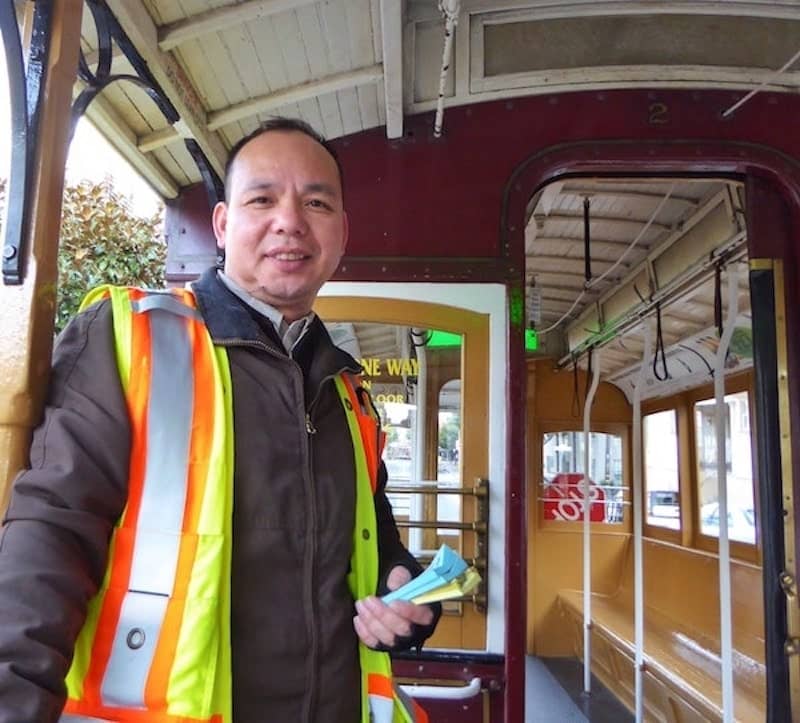
The conductor also manages the boarding and exiting of passengers. This was important given the practice of carrying standing passengers on the running boards.
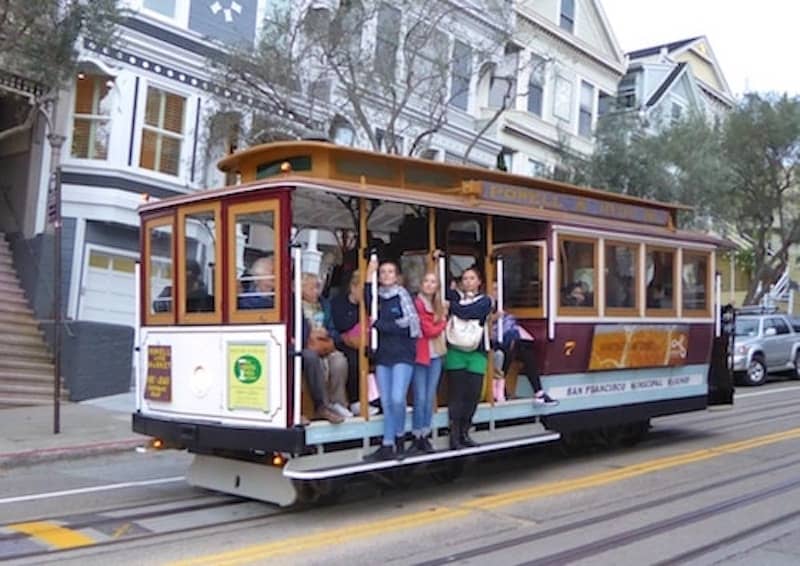
The conductor also controls the rear wheel brakes when descending hills.
While Maya Angelou was a cable car conductor in the 1940s, I saw no women conductors or gripmen during my many rides on all three routes. However, an important figure in the history of cable cars in the city has the busy Powell-Hyde Street turnaround at Hyde named after her.
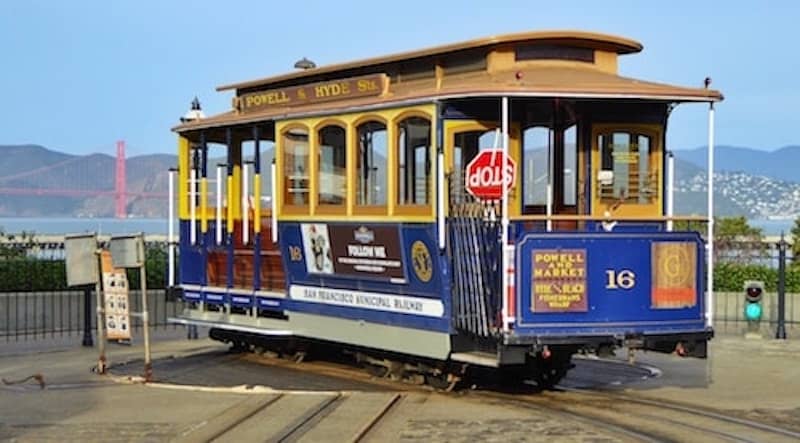
The struggle to save the cable cars is attributed to the leadership of Friedel Klussmann. In 1947, Mayor Roger Lapham proposed the closure of the two municipally owned lines. In response, a joint meeting of 27 women’s civic groups formed the Citizens’ Committee to Save the Cable Cars. They circulated letters and petitions, and mobilized broad support to keep the cable cars on the streets. In a famous battle of wills, the citizens’ committee eventually forced a referendum on an amendment to the city charter. It compelled the city to continue operating the Powell Street lines, passing overwhelmingly. Thank you Friedel Klussmann, committee members, and all your supporters.
And thank you Andrew Smith Hallidie, for inventing the city’s cable car system in 1873. At the opposite end of the Powell-Hyde Line at Powell, there’s a monument in Hallidie Plaza by the turntable. It seems fitting that at one end of the line is a monument to the person who invented the system. At the other end is a monument to the person with a role in saving it.
In 1957, San Francisco became the last remaining city in the world to operate cable cars in revenue service. Today, the San Francisco cable cars are a U.S. National Historic Landmark, protected under the City Charter.
23. Visit the Cable Car Powerhouse and Museum
The powerhouse complex at Washington and Mason has a gallery overlooking the cables powering the three routes. They were originally powered by steam; today the system runs on electricity.
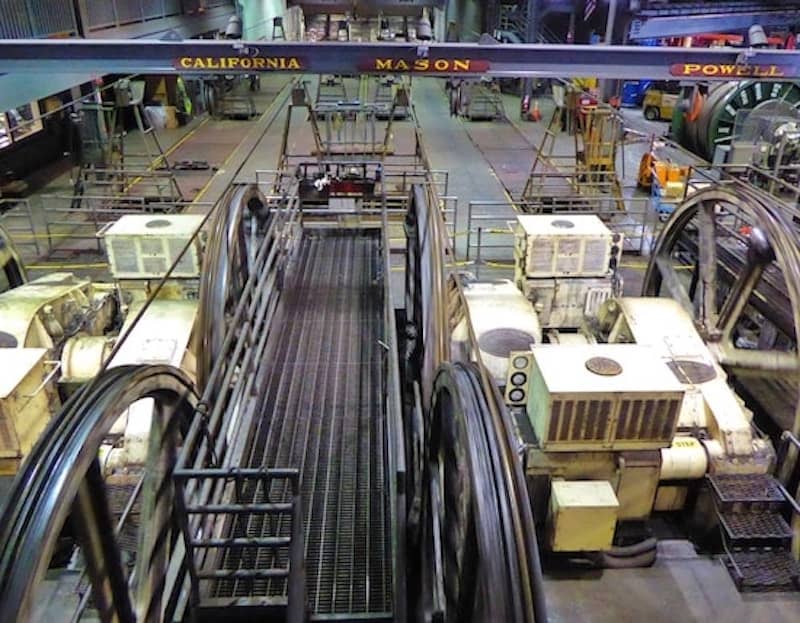
The complex houses a car barn and the Cable Car Museum where admission is free.
The museum contains several examples of old cable cars and equipment. A photo gallery chronicles the devastation of the 1906 earthquake and fire. Several smaller exhibits profile the establishment of the cable car system, and efforts to save it.
It’s definitely worth a visit.
24. Pay tribute to the heroic little fire hydrant
San Francisco is a city with lots of fire hydrants. They’re everywhere. Most of them are in desperate need of fresh coats of paint.
An exception is this heroic little hydrant standing at the corner of Church and 20th Streets in the Mission District. After the earthquake of April 18, 1906, fires raged through 490 blocks — most of the original city. As the earthquake had damaged water lines, firefighting efforts were in vain. Miraculously, this ‘little giant’ supplied enough water to save the neighbourhood from a fiery catastrophe.
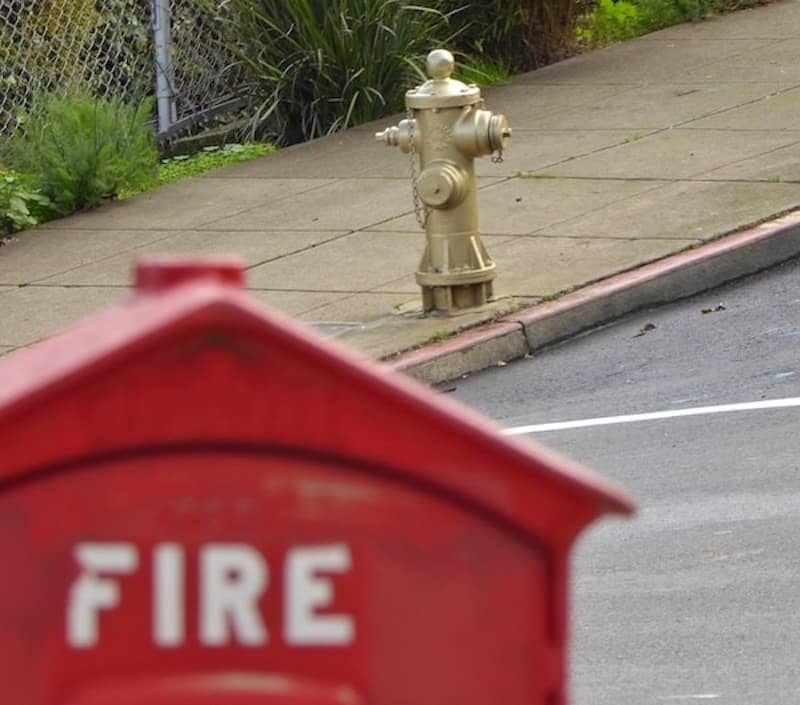
Since then, the hydrant has received a fresh coat of gold paint every April 18. Look for the memorial plaque on the sidewalk, dedicated to the firefighters, and the resilience and spirit of the people of San Francisco.
25. Admire the Mission District murals
Check out Clarion Alley nestled between 17th and 18th Streets connecting Valencia and Mission. The alley walls and roadway are covered with colourful murals, many of which highlight human rights issues.
The Clarion Alley Mural Project has catalogued the various murals at its site. “We All Deserve A Healthy And Safe Community” was a project of Hospitality House.
While in the area, visit the Balmy Alley murals between 24th and 25th Streets, two blocks south of Folsom.
26. Enjoy a Mission-style burrito in the Mission District
The Mission District is recognized as the place that introduced the burrito to the wider world in the 1960s. Each Mission-style burrito is different from the next but they have one or two things in common. They’re huge and stuffed to the brim with tasty ingredients. We chose El Toro Taqueria at 598 Valencia at 17th Street. It offered different sizes of burritos, and a wide selection of ingredients. The salsa bar boasted a variety of sauces, toppings, and salsas of varying degrees of heat.
Their chicken baby burrito and ice-cold Pacifico fit the bill. The burrito came as a tightly rolled foil-wrapped tube, begging to be attacked from above. No utensils required!
27. Wander around the Castro
The Castro is a friendly neighbourhood where one can’t help get the sense that residents look out for each other.
The presence of Harvey Milk is palpable. From the giant Pride Flag fluttering over Harvey Milk Plaza, rainbow pedestrian crossings, the Harvey Milk Civil Rights Academy, and the ‘Walk of Fame’ honouring gay women and men throughout history, Castro honours and celebrates its activists and members of the LGBTQ community.
I signed up for the Castro: Tales of the Village tour, a free walking tour around the neighbourhood. It explores the history, struggles, and celebrations of the community and its residents. I highly recommended it.
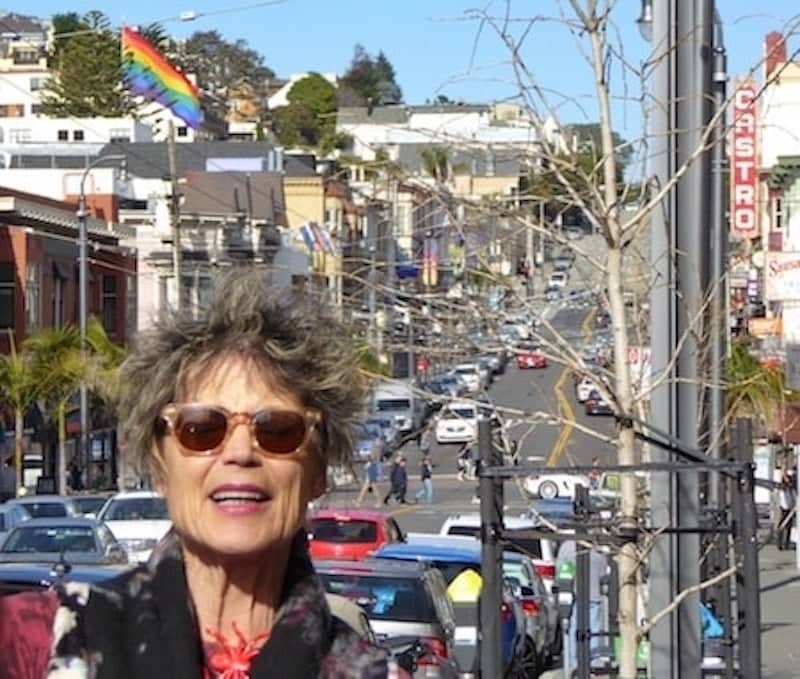
After the tour, I stumbled across Philz on Castro Street. Philz has more than a dozen locations across the city. Its coffee is unbelievable.
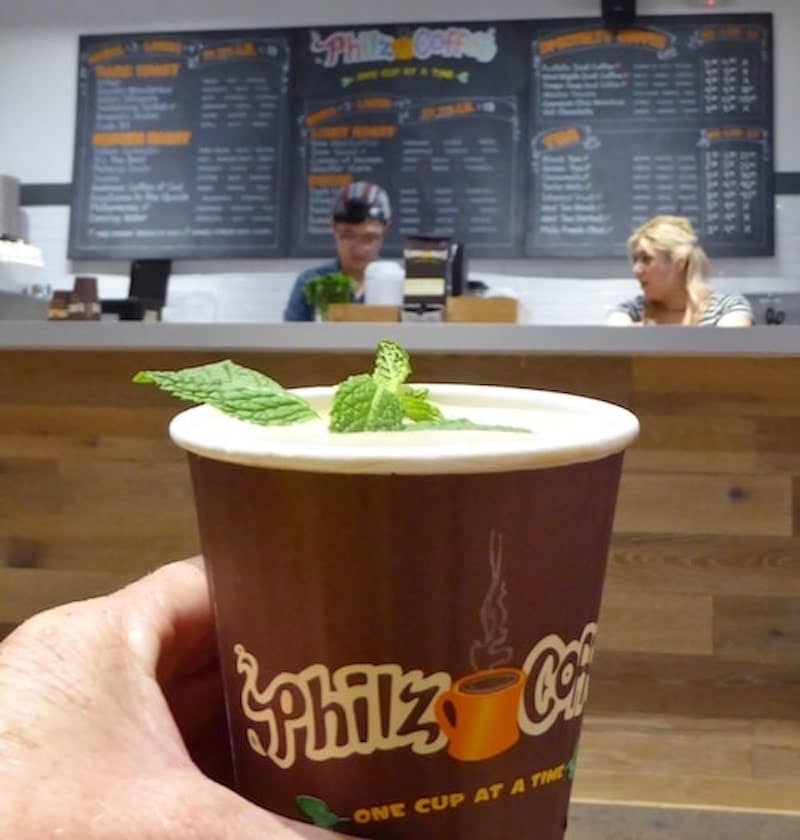
Stopping for a coffee, beer, or bite invariably led to interesting conversations. For example, Ed and Jason pay just $1200 a month in a rent-controlled building in the Castro, one of the most expensive neighbourhoods in the city. All multi-unit buildings built before 1979 are subject to rent control and the longer the residency, the cheaper the rent. Like others I spoke to in similar circumstances, after 15 years in the Castro, moving out wasn’t in their future. I had the sense that the lack of transience of its residents is a contributing factor to the cohesiveness of the community.
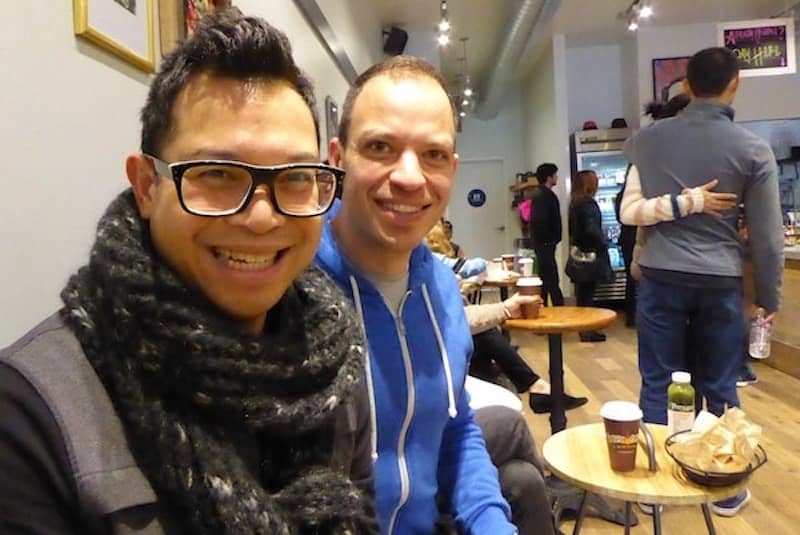
28. Take in a movie or sing-a-long at The Castro Theatre
Taking in a show at The Castro Theatre should not be missed. It was one of the highlights of my stay in San Francisco. My advice? It doesn’t matter what’s playing; just go.
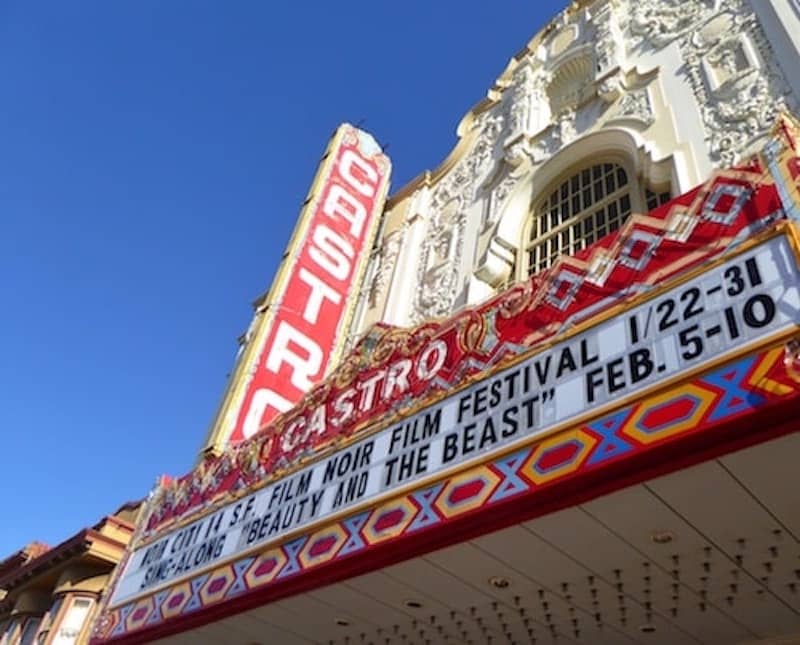
Similar single-screen vintage theatres around the world have succumbed to wrecking balls. But the magnificent theatre in the Castro has escaped that fate. It’s beautiful. The acoustically gifted chandeliered interior is ornate, built at a time when architecture was about more than cost and function. Get there early to wander around, to soak up the beauty of the place.
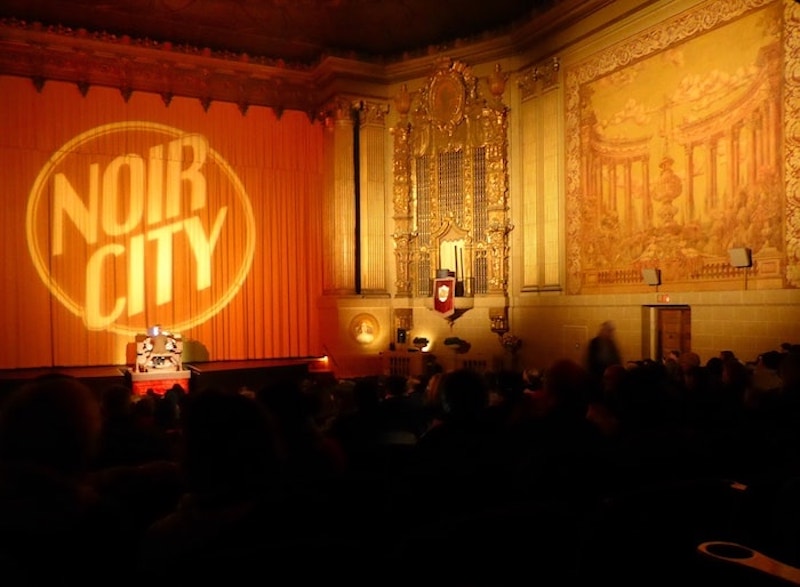
Seeing the Wurlitzer pipe organ rise to the stage, and hearing it played, is worth the admission price. Audience reactions and participation is another outstanding element. During the old Bette Davis film I saw during the Noir Film Festival, audience involvement was more entertaining than the film.
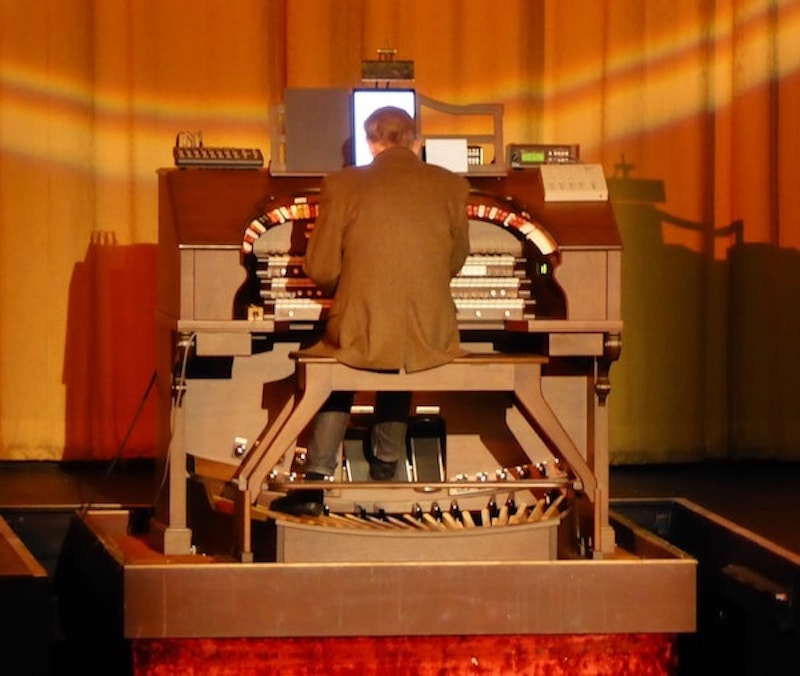
The theatre was packed for the double-feature matinee. My impression was that it plays a pivotal and significant role in building community, and enjoys the strong support of its members.
29. Listen to the music of the ocean at the Wave Organ
The Wave Organ is a wave-activated sound sculpture at the end of a breakwater protecting a small boat harbour across from Marina Green and Fort Mason. Material used in the construction of the breakwater was salvaged from the demolition of the Laurel Hill Cemetery. Some of the carved marble and granite found its way into the Wave Organ, along with 25 organ pipes made of PVC. The pipes are strategically arranged at various elevations to capitalize on the rise and fall of the tides. Sound is created by the action of the waves against and within the pipes. Sounds are best at high tide, so check the tide conditions before planning your visit.
From the wave organ, and the walk along the breakwater, are stunning views of Alcatraz Island and the Golden Gate Bridge. The Palace of Fine Arts is a worthy background to the masts of vessels moored by the Golden Gate Yacht Club.
30. Wander around the Palace of Fine Arts
The Palace of Fine Arts stands on the site of the 1915 Panama-Pacific International Exposition. The event celebrated the completion of the Panama Canal. The exposition was seen as essential to San Francisco’s economic recovery following the catastrophic earthquake and fire of 1906. Some claim it was the finest world fair ever held, both in design and content. Murals in the exhibition hall proudly profile the occasion. Today, the Palace of Fine Arts hosts art exhibitions. Its beautiful grounds are a magnet for tourists and locals, and a popular spot for wedding party photographs.
31. Line up for an egg tart at the Golden Gate Bakery
My revised list of 31 fabulous things to do in San Francisco begins and ends in Chinatown for a reason. Chances are you’ll have to return if you can’t get your hands on one of the legendary egg tarts on the first try. The thing is that the Golden Gate Bakery opens at random times. On our first try, the hand-printed sign said, “TODAY DAY-OFF.” On the second, there was a different sign indicating the bakery would open at noon. This worked perfectly with my plan to check out allbirds nearby, a San Francisco startup producing washable shoes made of New Zealand merino.
On our return just after noon, a line stretched 20 to 30 metres out the door and down the block. A quick check-in with other patrons suggested a 30-minute wait. The hype, and the thought of tasting the best egg tarts in all of San Francisco, if not the country, propelled us to the back of the queue. The pleasant social atmosphere and interesting conversation contributed to an enjoyable wait. My only regret was that we bought just six tarts for the three of us, and didn’t try a couple of the other sweet and savoury pastries on offer.
The crust was both flaky and crisp. The custard was rich and creamy, with a slight hint of vanilla. I could taste both the egg and the custard, blended to perfection. On our first unsuccessful trip to the bakery, I’d picked up egg tarts from a bakery around the corner. They didn’t hold a candle to the Golden Gate Bakery versions.
This wraps up the highlights of 20 fabulous things to do in San Francisco from my first visit in January, and 11 additions as a result of an April visit. What a city!
Logistics
Getting from the airport to the city
Top marks in my book go to cities with convenient and affordable public transportation from its airport(s) to downtown and points beyond. San Francisco scores well in this area. From San Francisco International Airport (SFO), catch the tram in the arrivals area to the airport BART stop. The BART (Bay Area Rapid Transit) system connects SFO with downtown San Francisco, downtown Oakland, and many other Bay Area destinations.
Hostel Accommodation
Accommodation in San Francisco is very expensive. On my first visit, I was travelling solo so stayed in a hostel. If you’re considering hostel accommodation, I have a recommendation.
USA Hostels San Francisco is centrally located at 711 Post Street, just a few blocks from Union Square. It’s affordable, safe, clean, and very well organized. Facilities include a well-equipped kitchen, theatre, laundromat, an excellent free walking tour, and breakfast.
To reach the hostel, take the BART to Powell Street station. At Powell Street, exit the station and take the escalator to street level. At the top of the escalator, look for the cable car turnaround on Powell. Walk past the turnaround up Powell Street to Post Street. Turn left on Post and walk three blocks to Jones Street. The hostel will be on your left after you cross Jones.
What do you think? Would you like to weigh in with suggestions on the best things to do in San Francisco? Do you have any recommendations on unique or off-the-beaten-path experiences?
Might you be interested in these related posts?
Care to pin it for later?

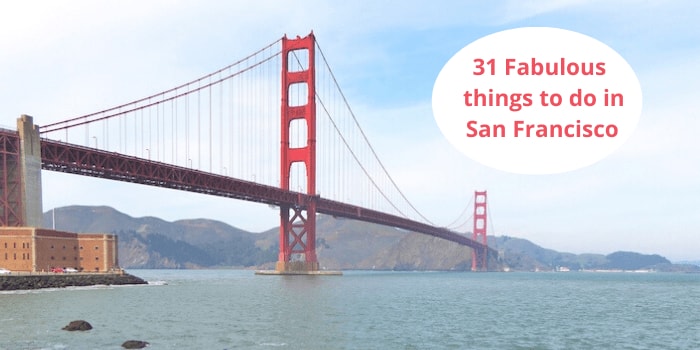
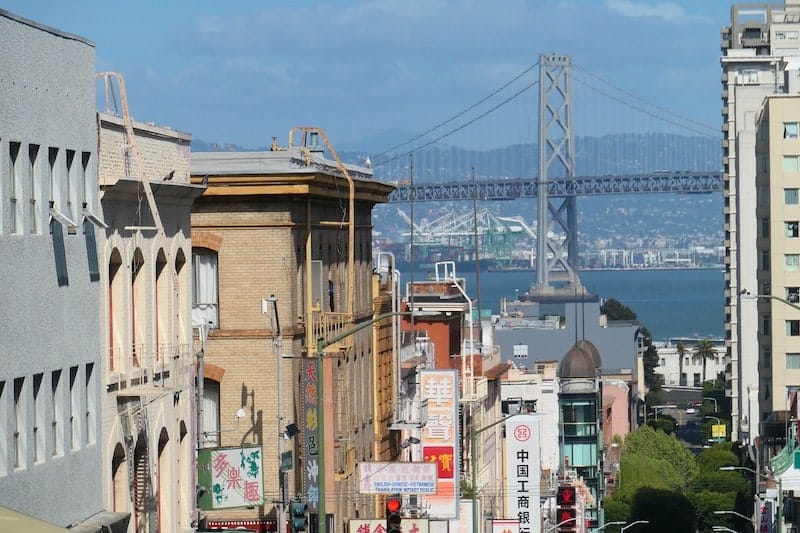
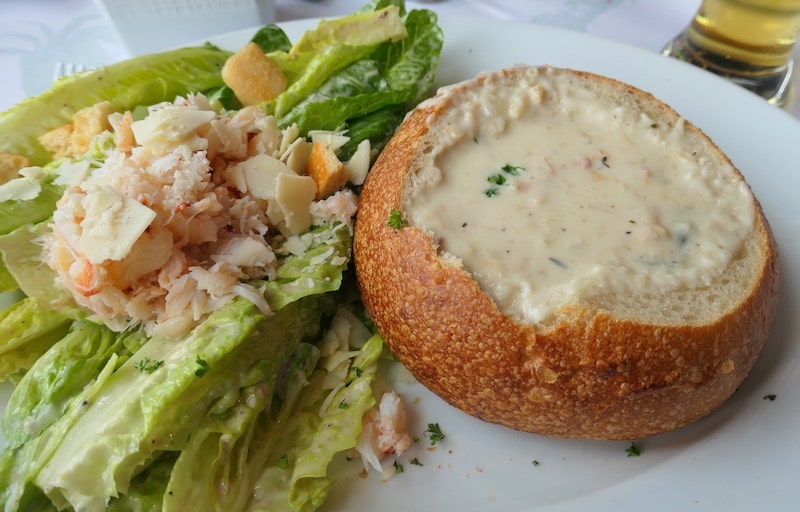
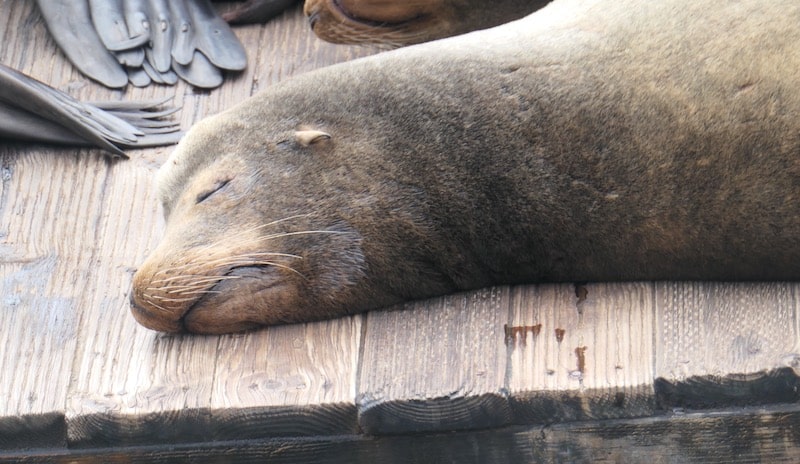
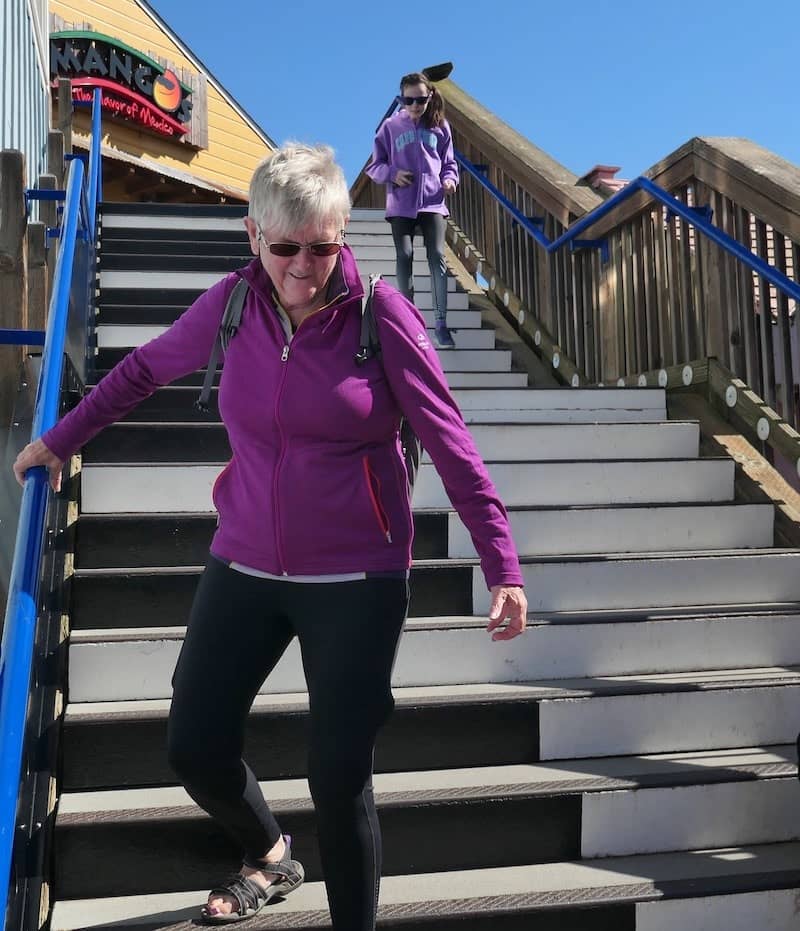
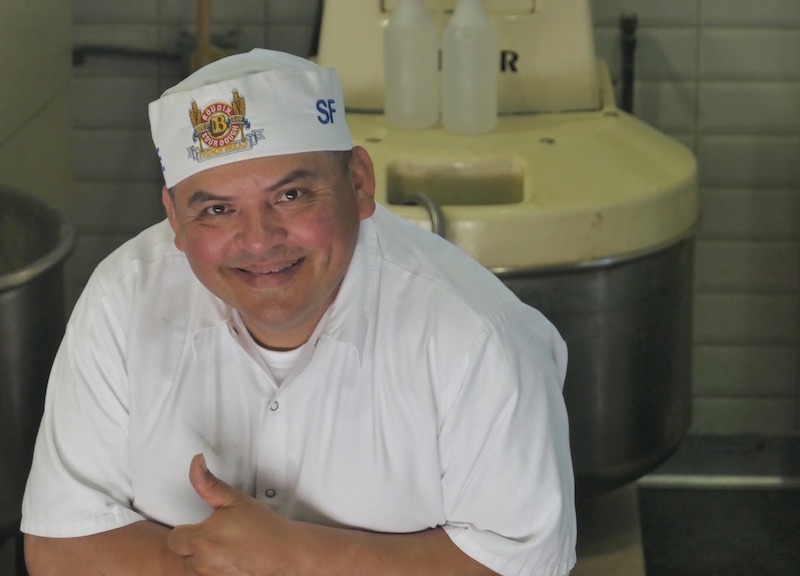
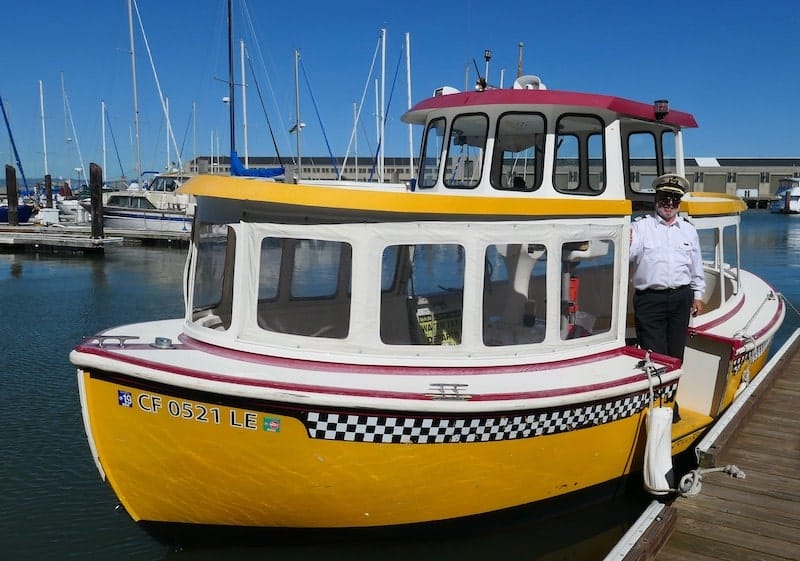
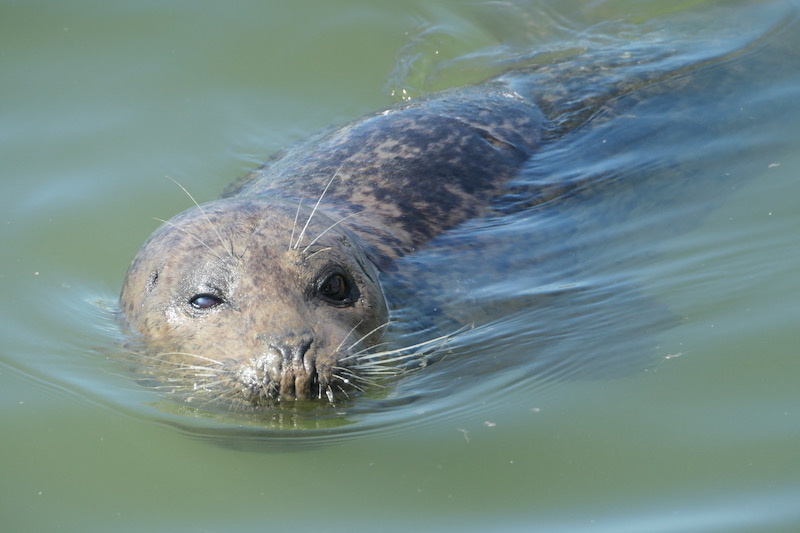
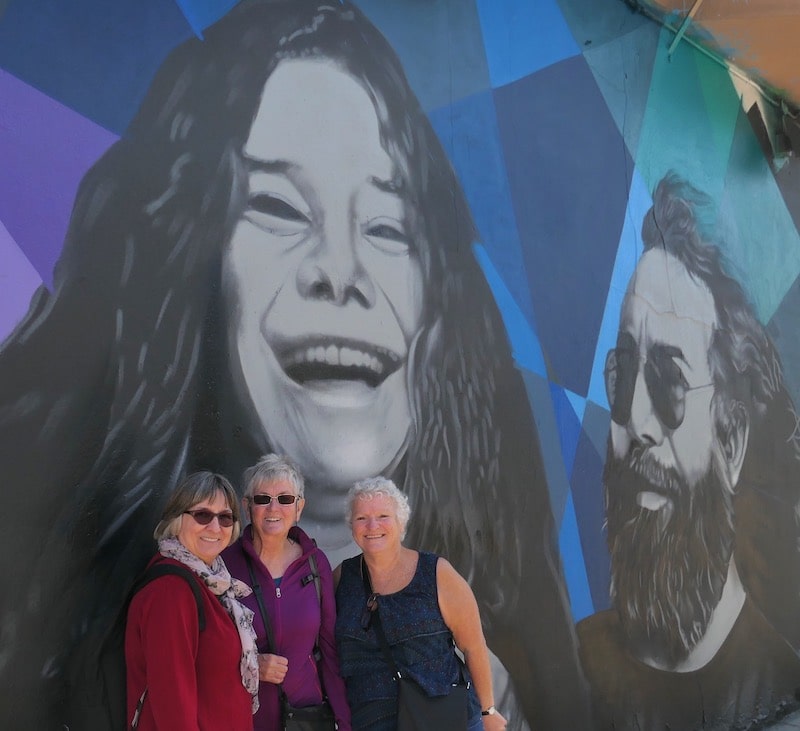
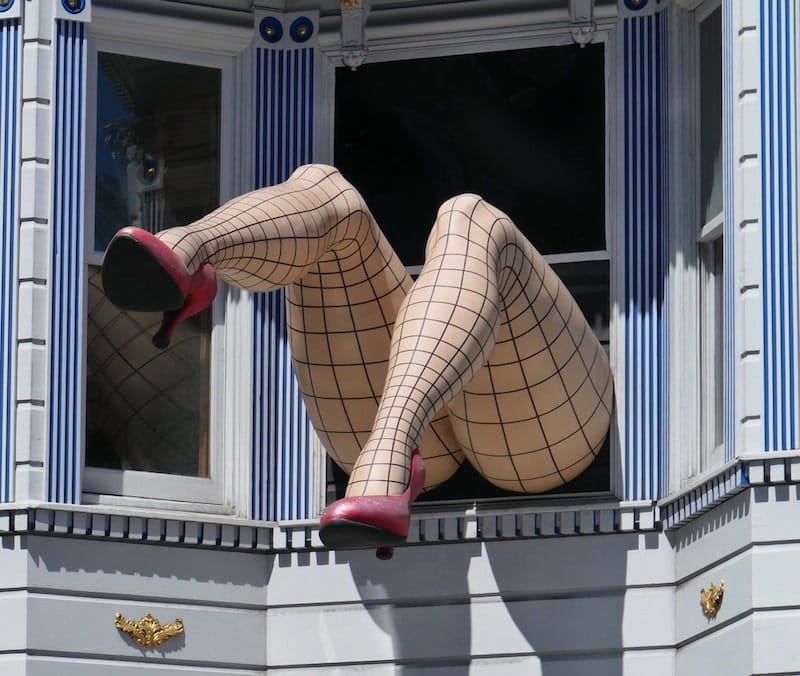
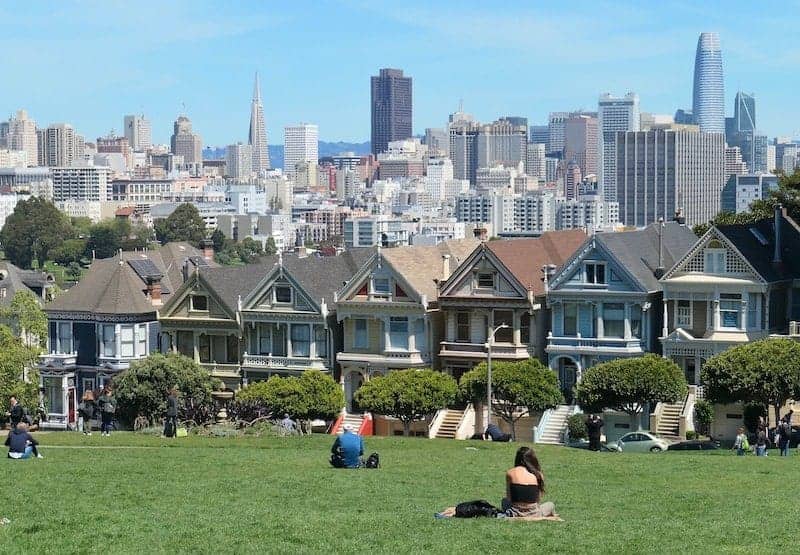
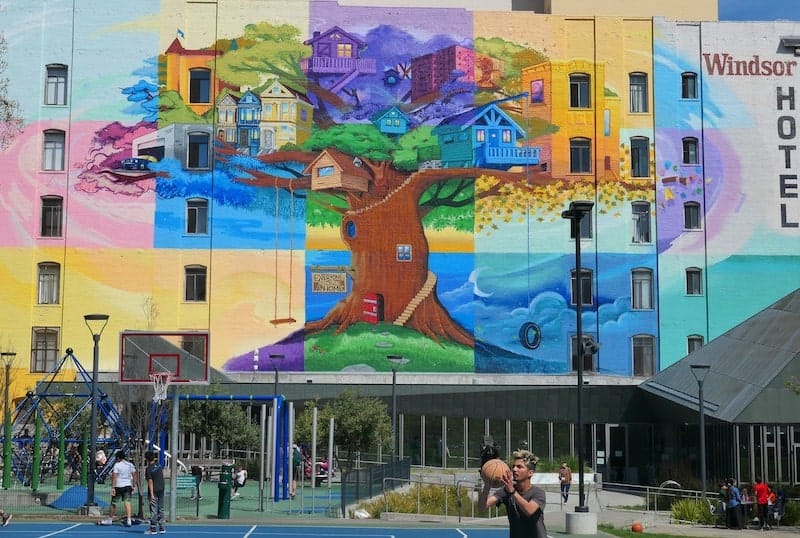
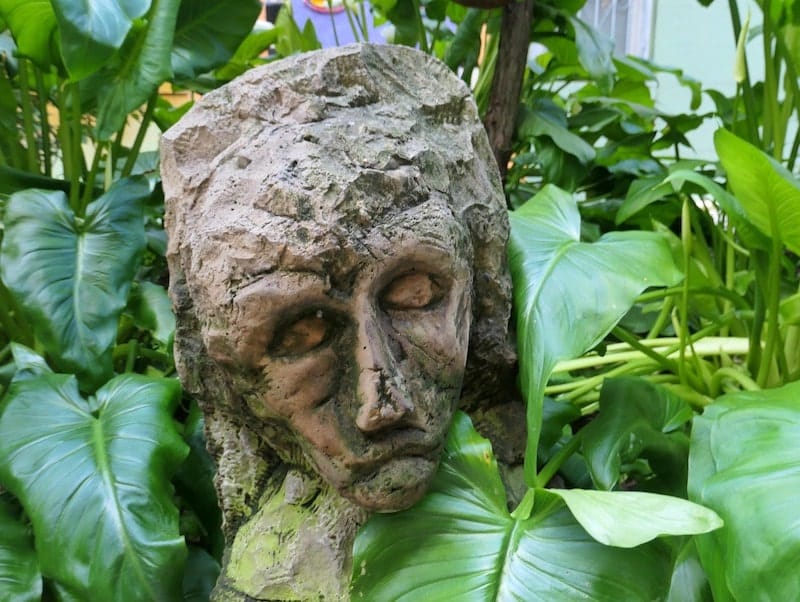

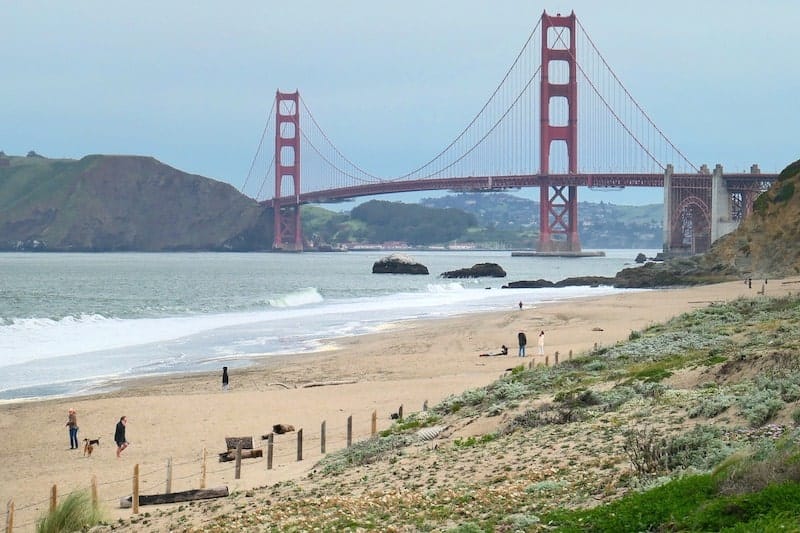
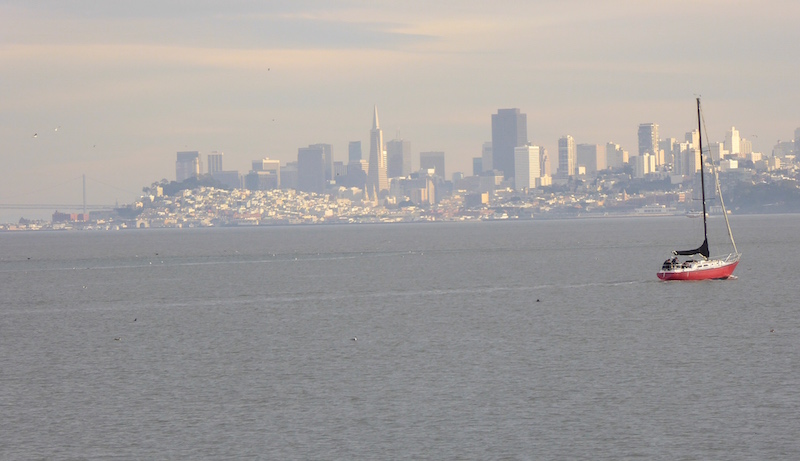
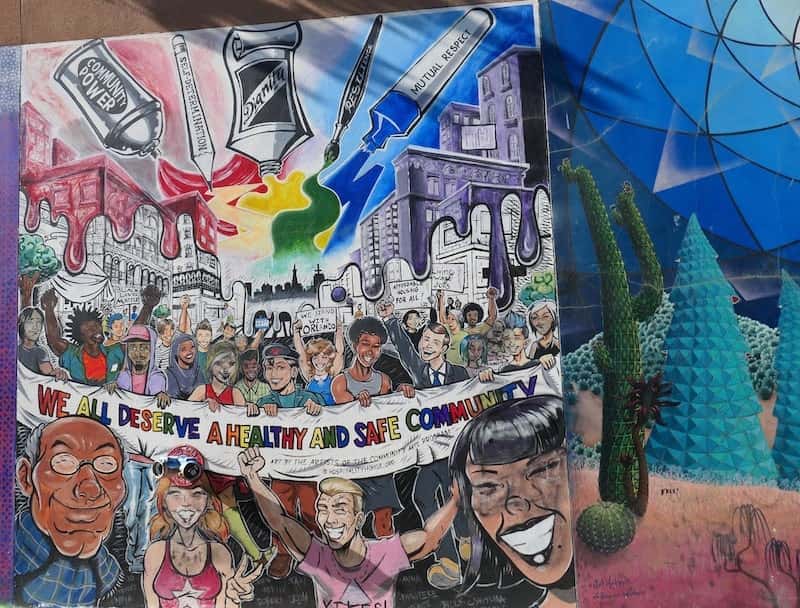
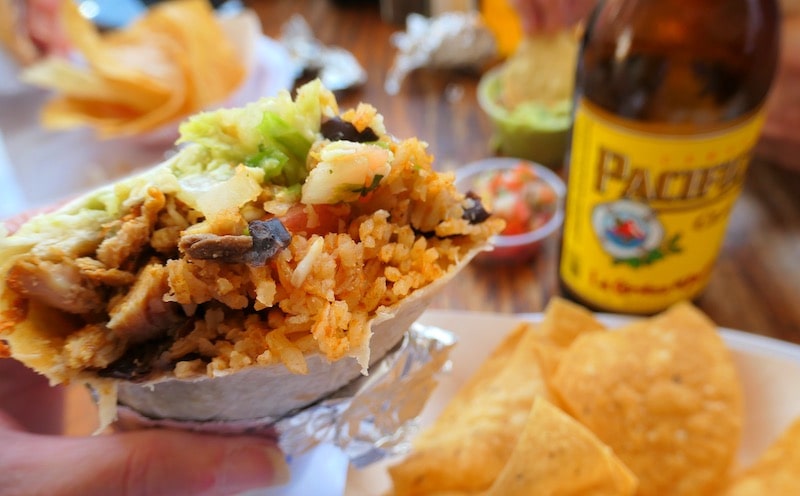
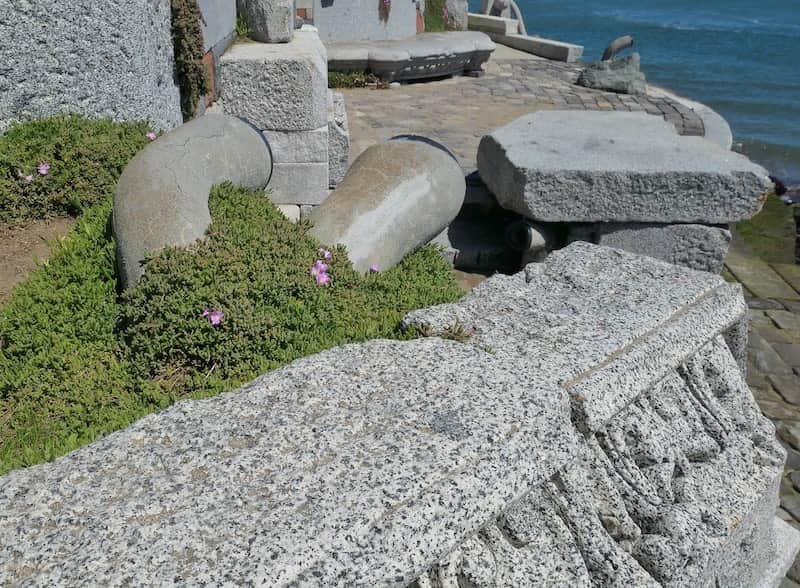
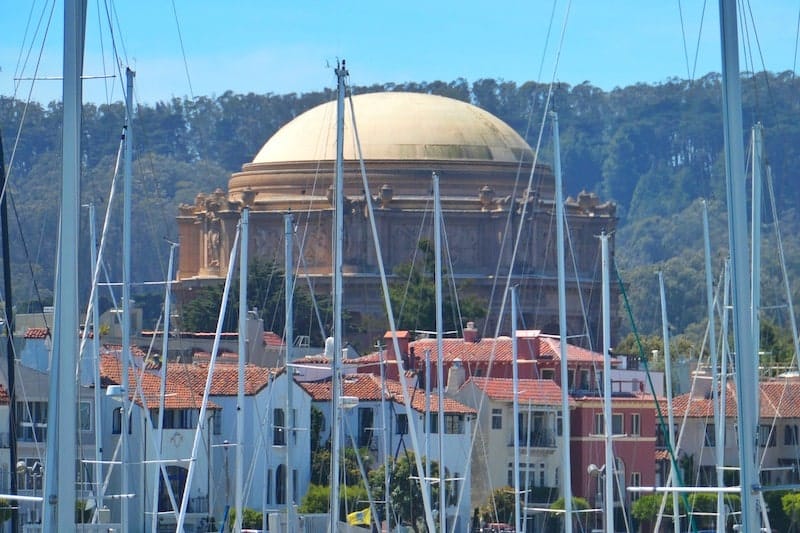
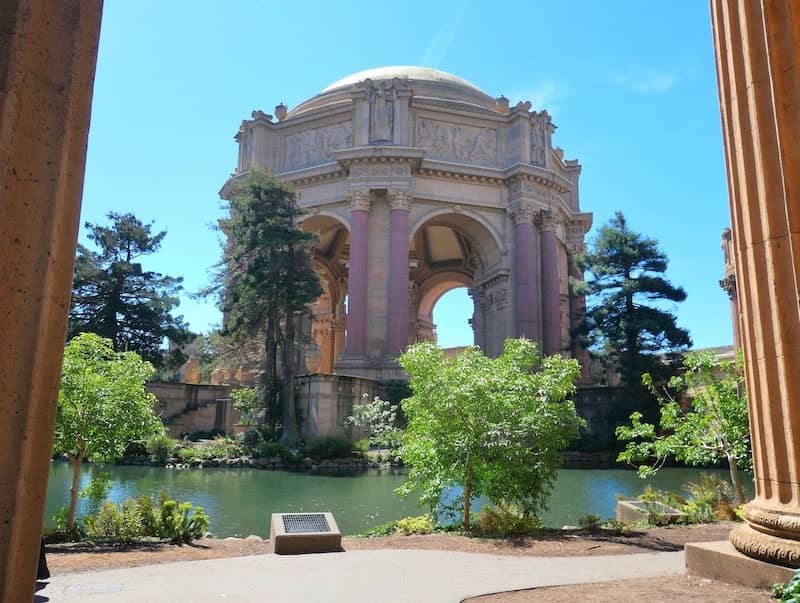
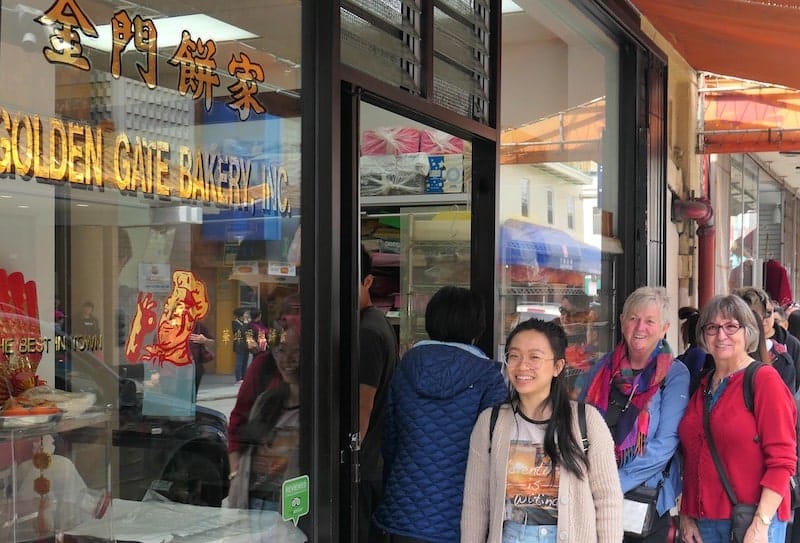
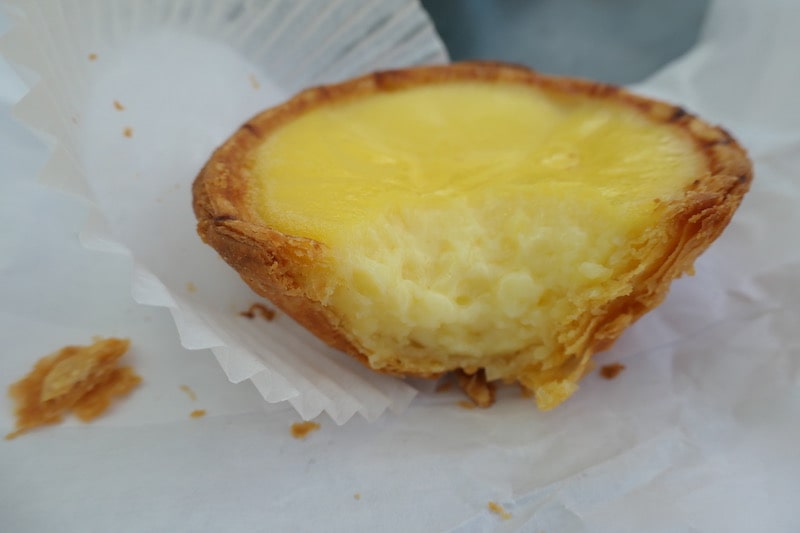
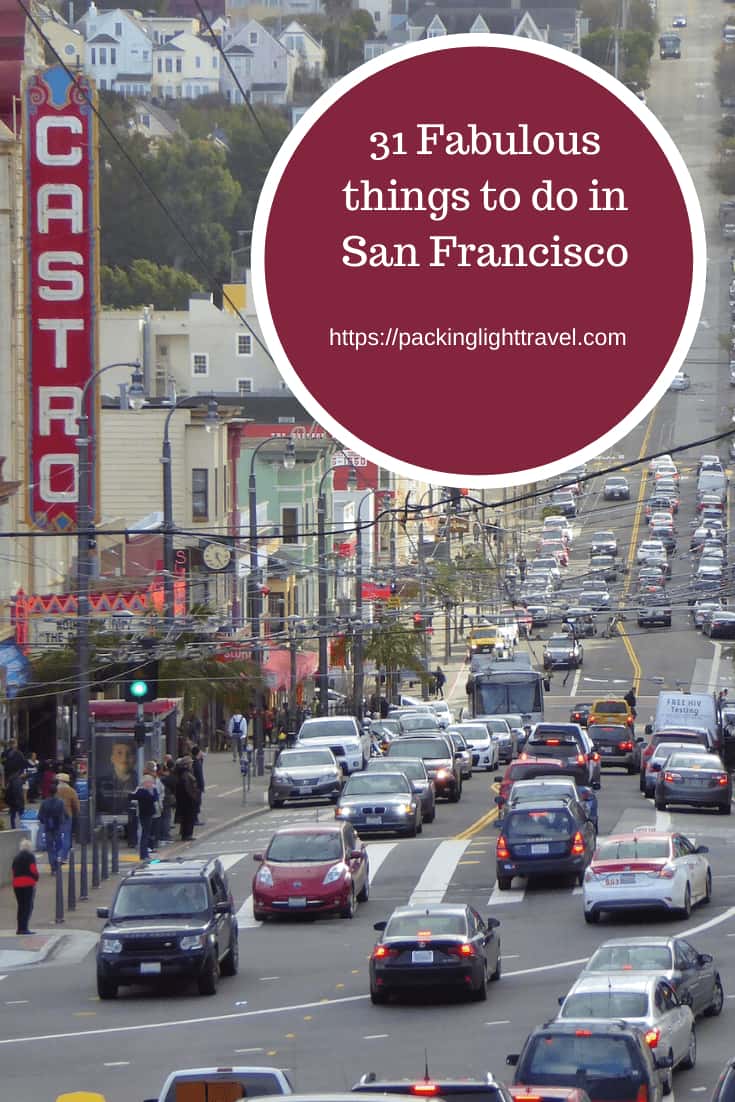




Thanks for sharing a wonderful read, Anne! I’ve been to San Fran a couple of times and I haven’t done half of your list!
You definitely had me with a movie reference. ;
My first trip was 1990 and the sea lions had just appeared. My understanding is they now show up for the summer and are gone for the winter. They’re there now…
https://www.pier39.com/the-sea-lion-story/sea-lion-webcam/
I love not only how comprehensive you are, but accessible and easy to read.
A suggestion for your list is the Legion of Honor Museum, which my buddy and I accidentally blundered into when we were lost above the Golden Gate bridge. We saw the giant statue of The Thinker and decided such an establishment must contain someone who could give us directions.
It was an incredible gallery and a pleasant surprise.
I bookmarked this page and consider it “shared” on facebook.
Thanks Anne!
Thank you Mark for dropping by and leaving such wonderful suggestions. I’ll update the post to include a link to the webcam. That’s a handy reference for visitors who might be wondering if the sea lions are there.
Thanks for your suggestions Anne. I visited the Chinatown in San Francisco and I love the street food, I think that you should mention it. Btw, some places I’ve never been to and I’ll put them in my bucket list.
Safe travel 🙂
Once again, I am completely intrigued about a location after reading your comprehensive review. I hope to visit San Francisco in a couple of years from now.
Thanks Anne!!
It has been several years since our visit to SF and this makes me want to return! So many great sights to see — and I had never heard of the musical stairs! How neat!
Deb recently posted…17 Best Things To Do In The Picturesque Medieval Town Of Bruges
Wow. This is such a detailed guide. I love it. I have visited the city twice and the second time I made the trip to Chinatown. It is now a stand out memory (with the tram) and I love watching how fortune cookies were made. However, you have mentioned so many exciting things that I have not done yet. I will have to return for the egg tart! YUM!
Rachel Hall recently posted…8 Useful Tips to Stay Healthy Whilst Travelling
When I visited the city, for some reason the Cable Car Museum and the Golden Gate Bridge were not visited. But the second time I go, I want to visit these two places first!! The detailed guide you provided fascinated me.
Thanks!!
Nora recently posted…The 4 Beautiful Wildlife National Parks in Sri Lanka